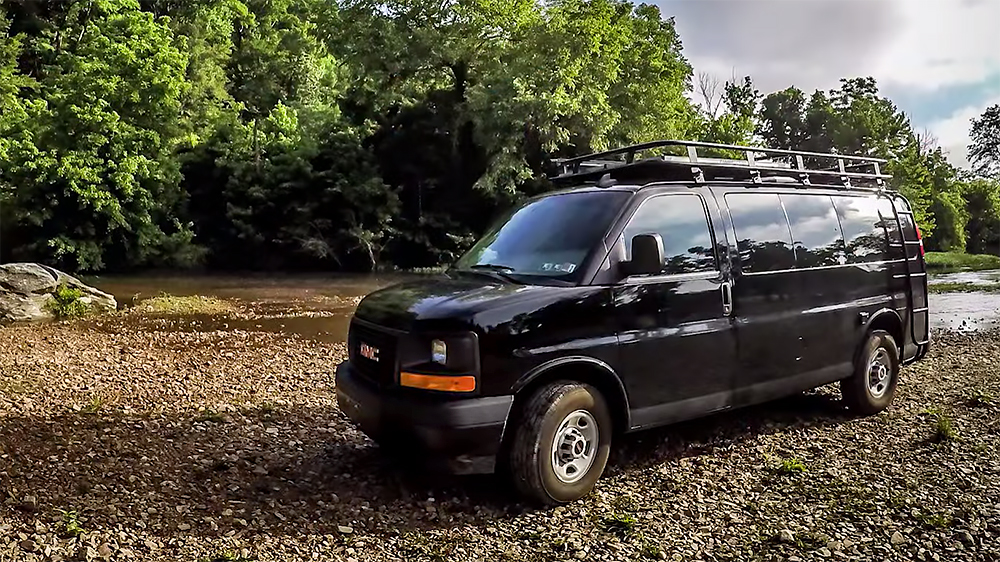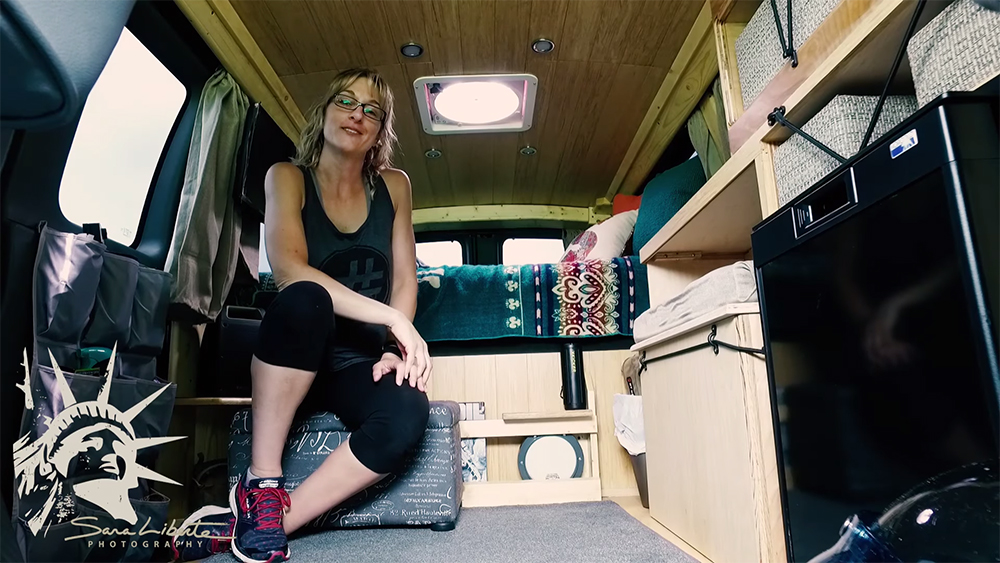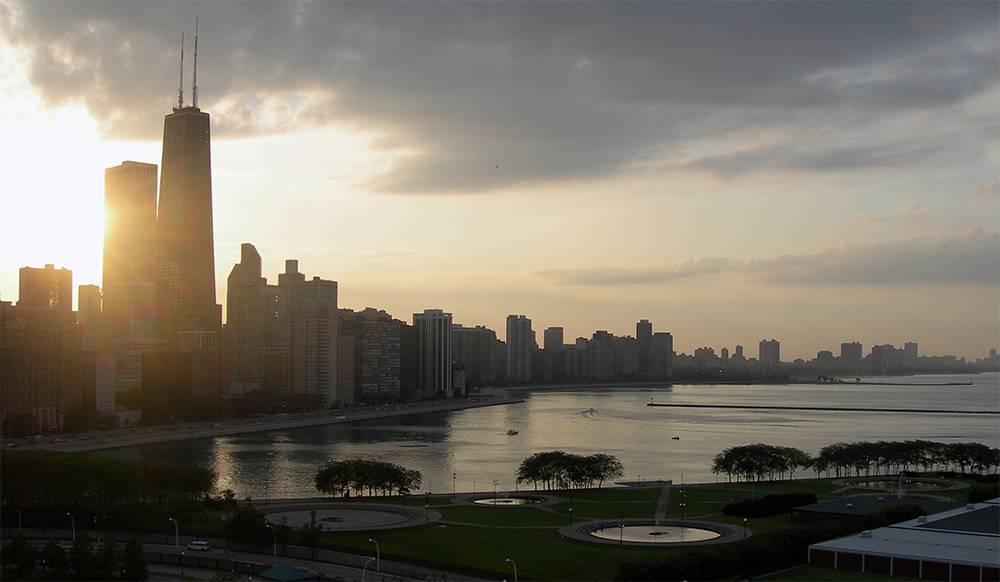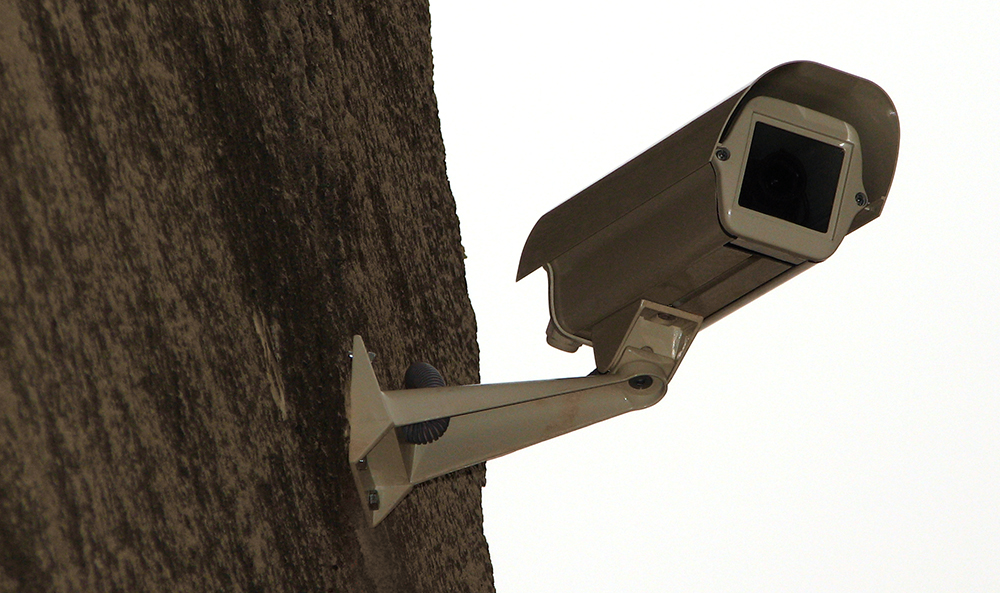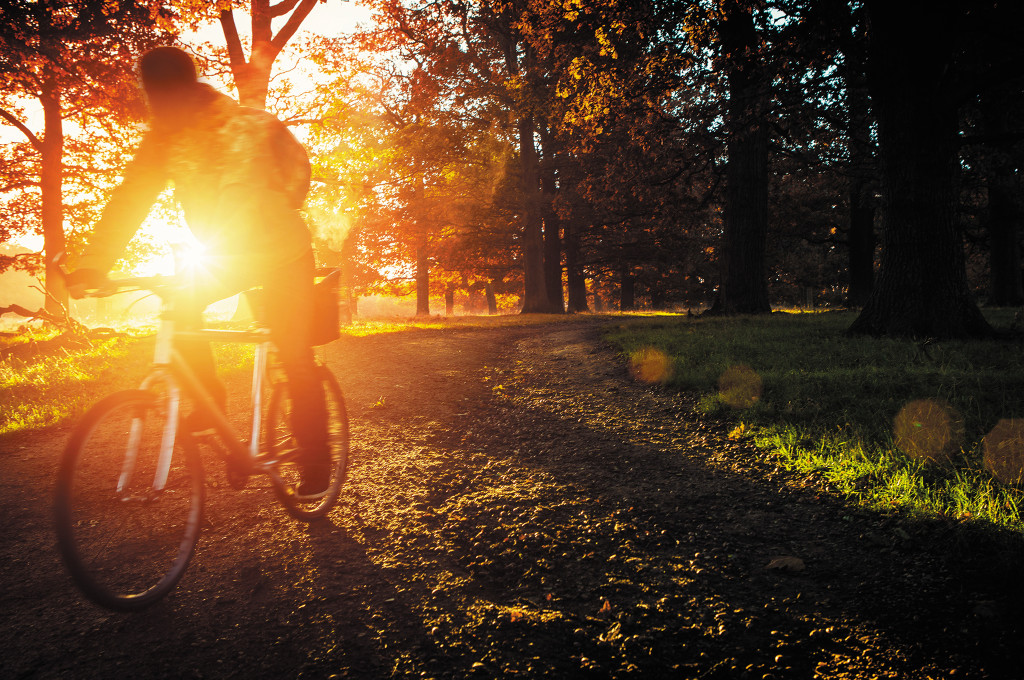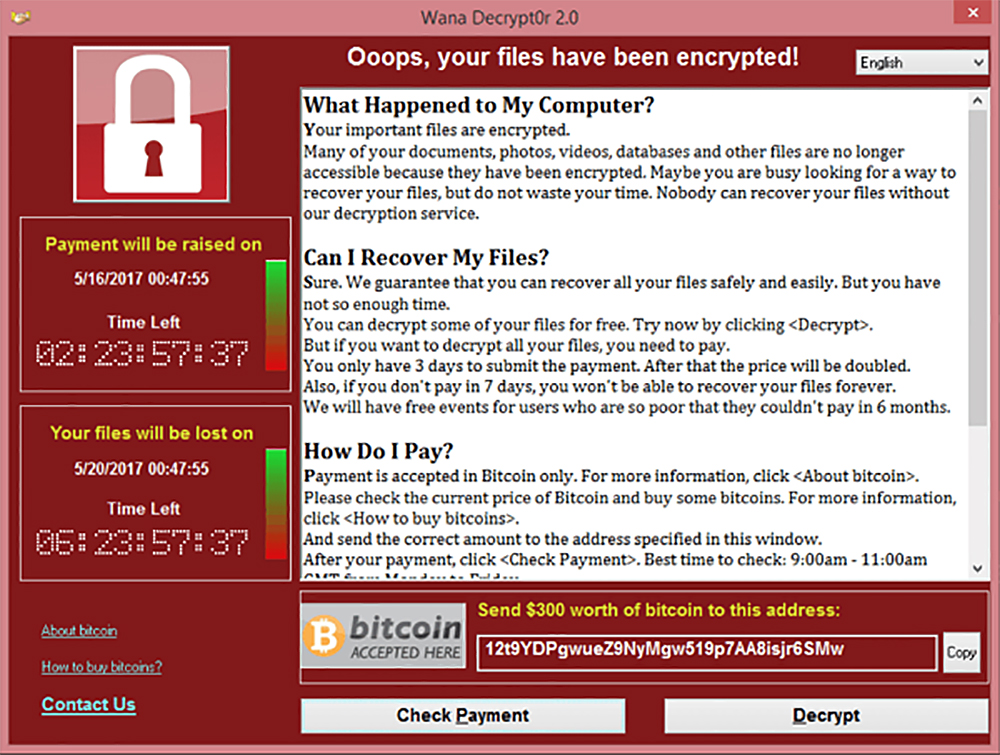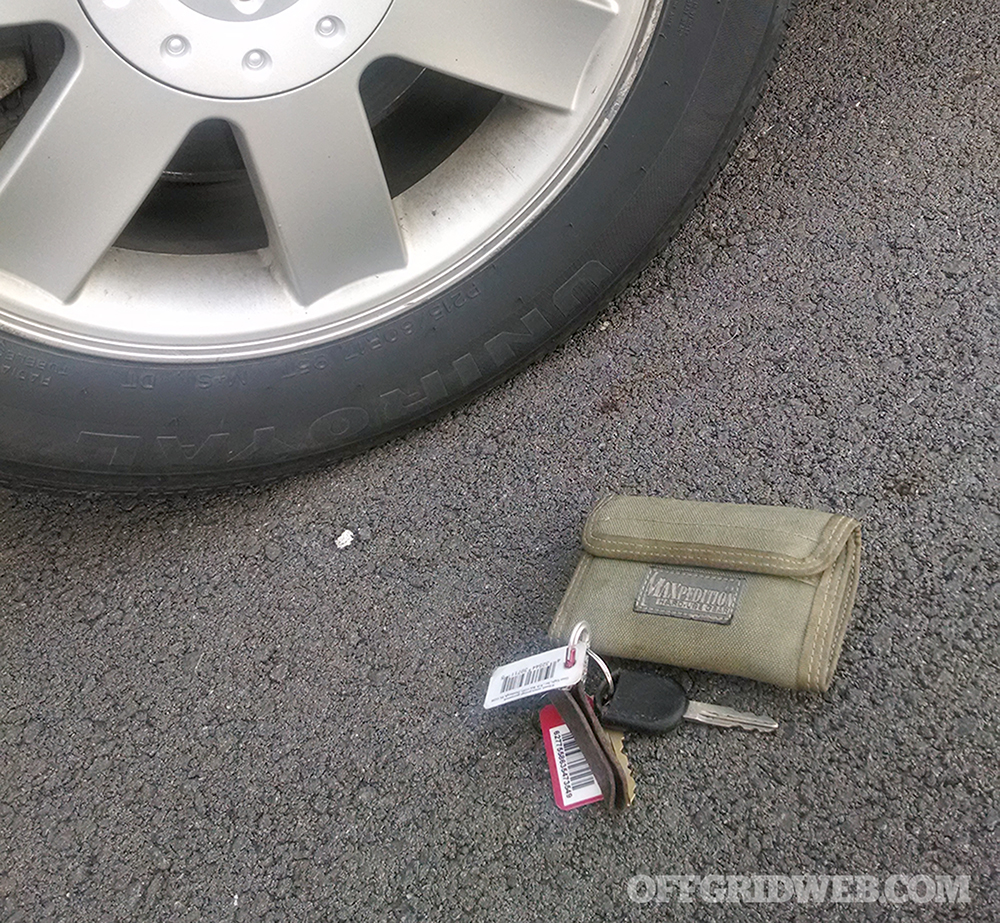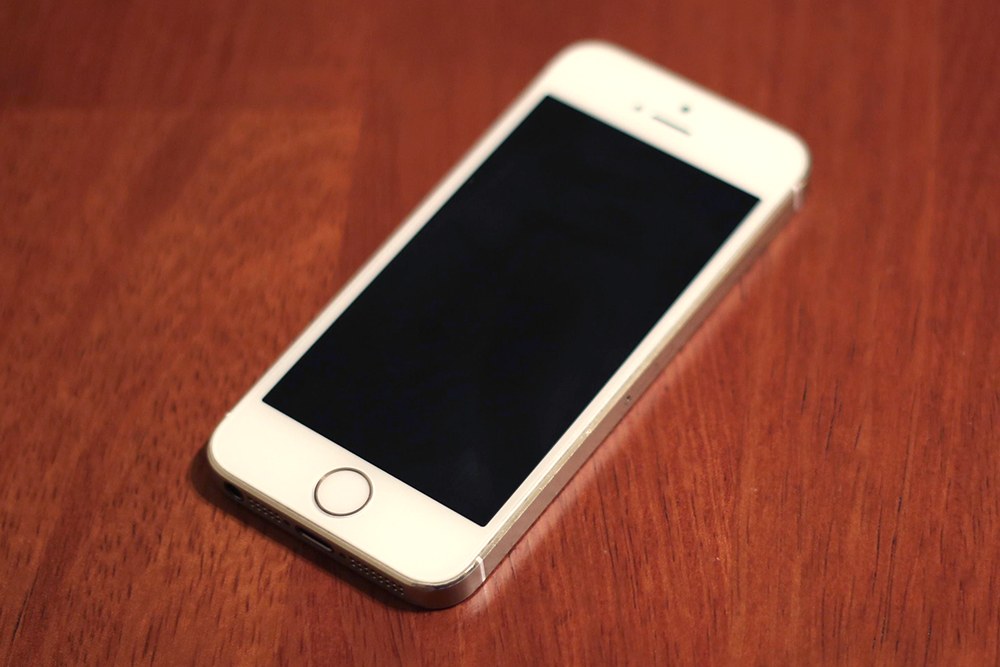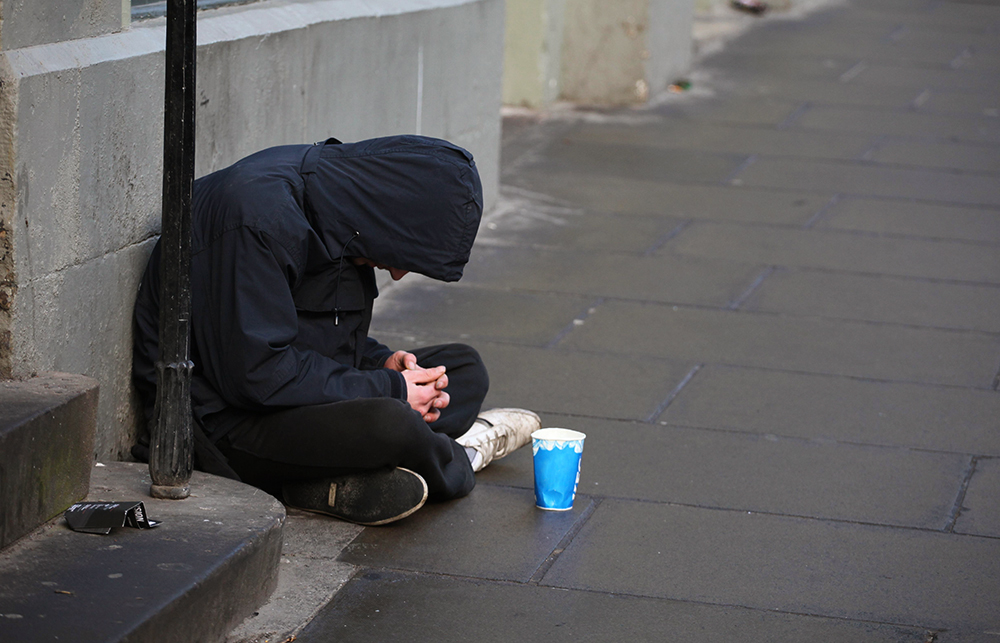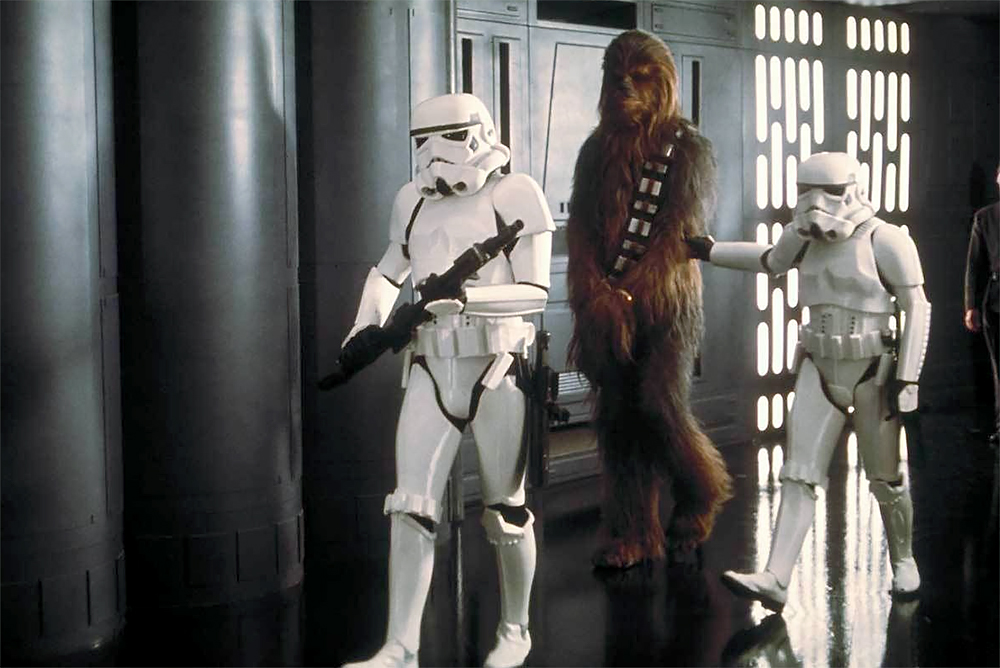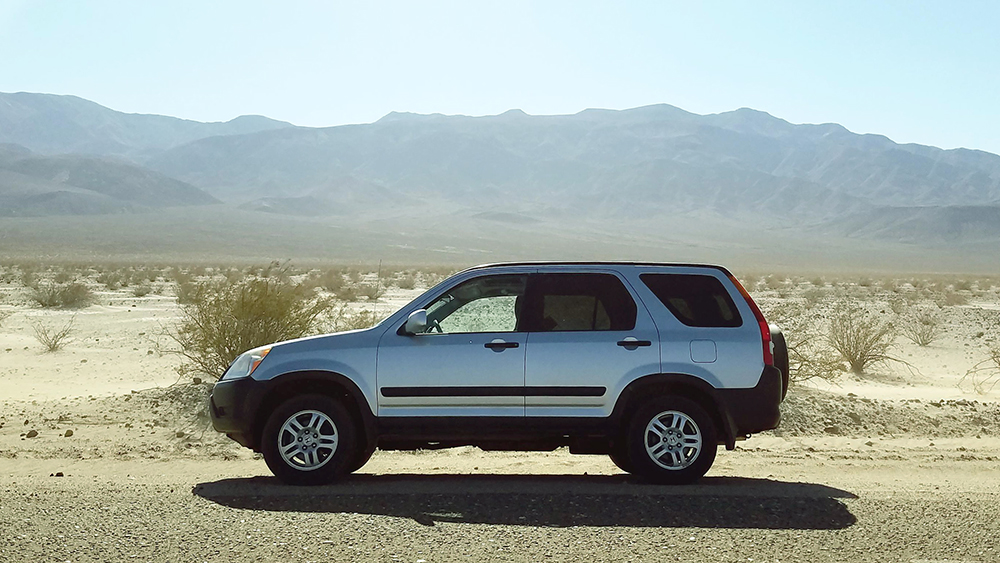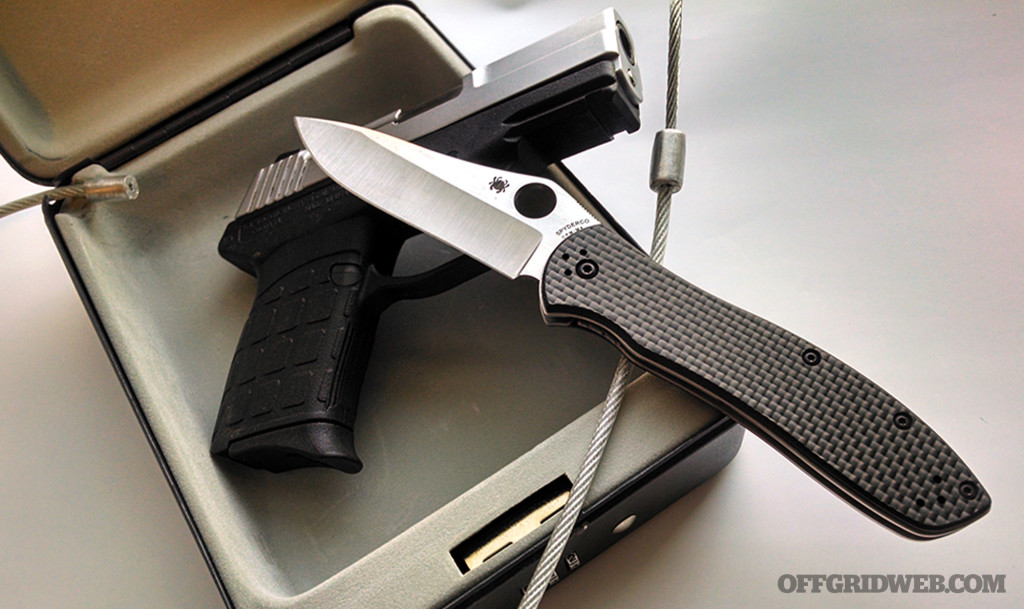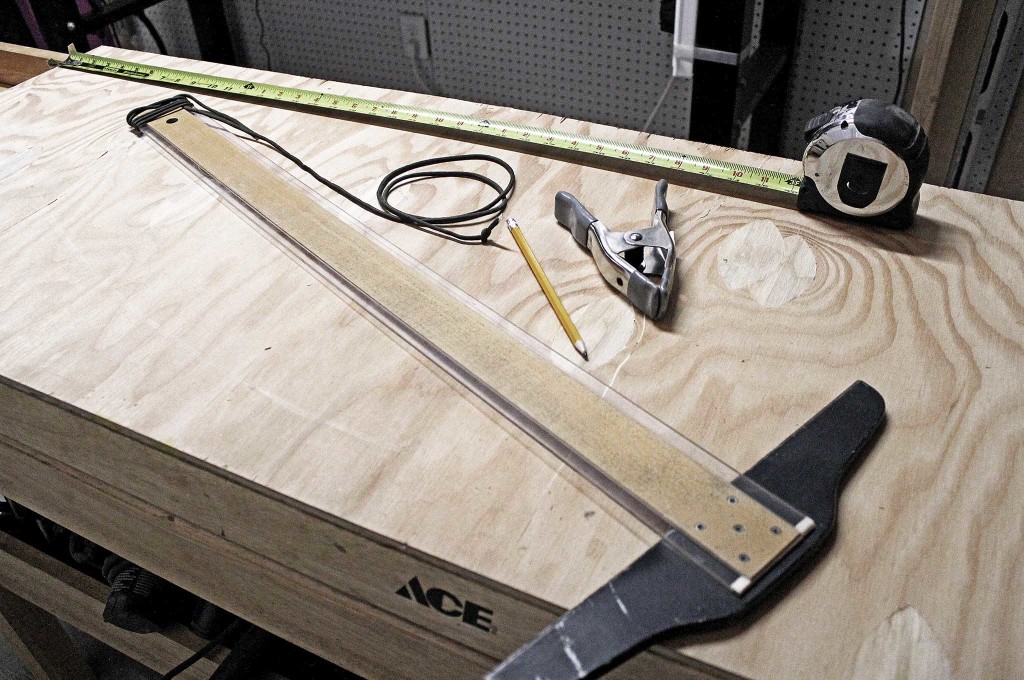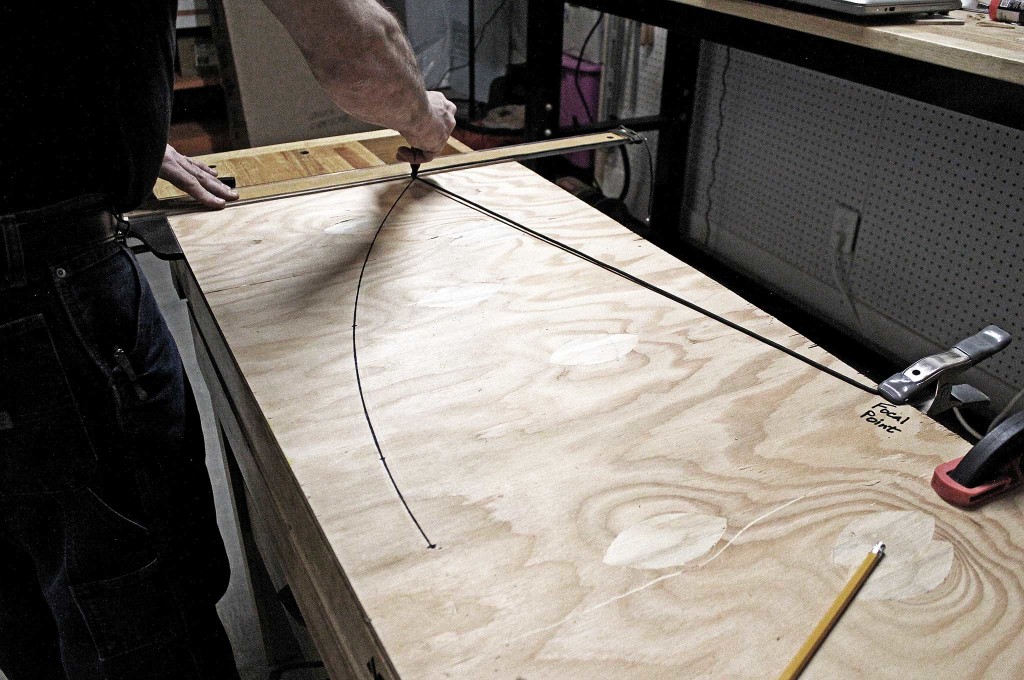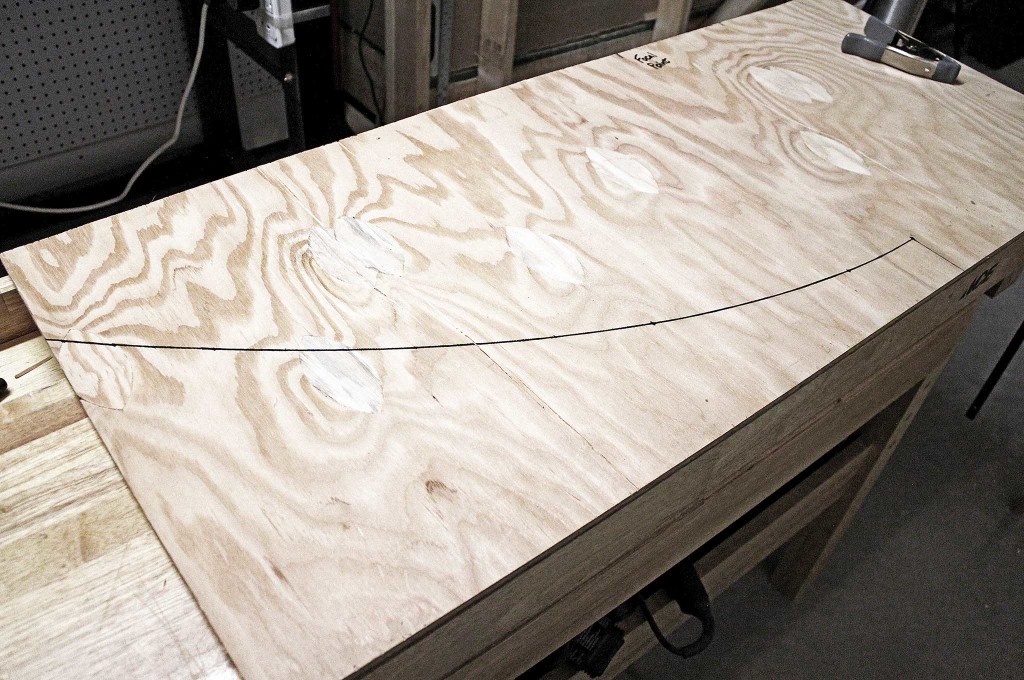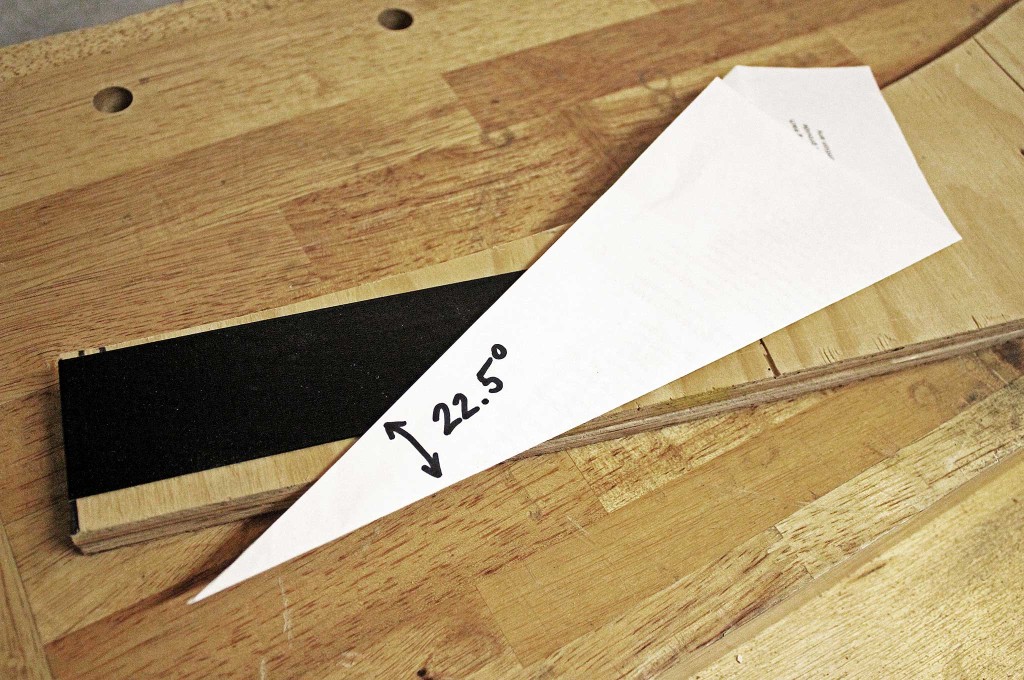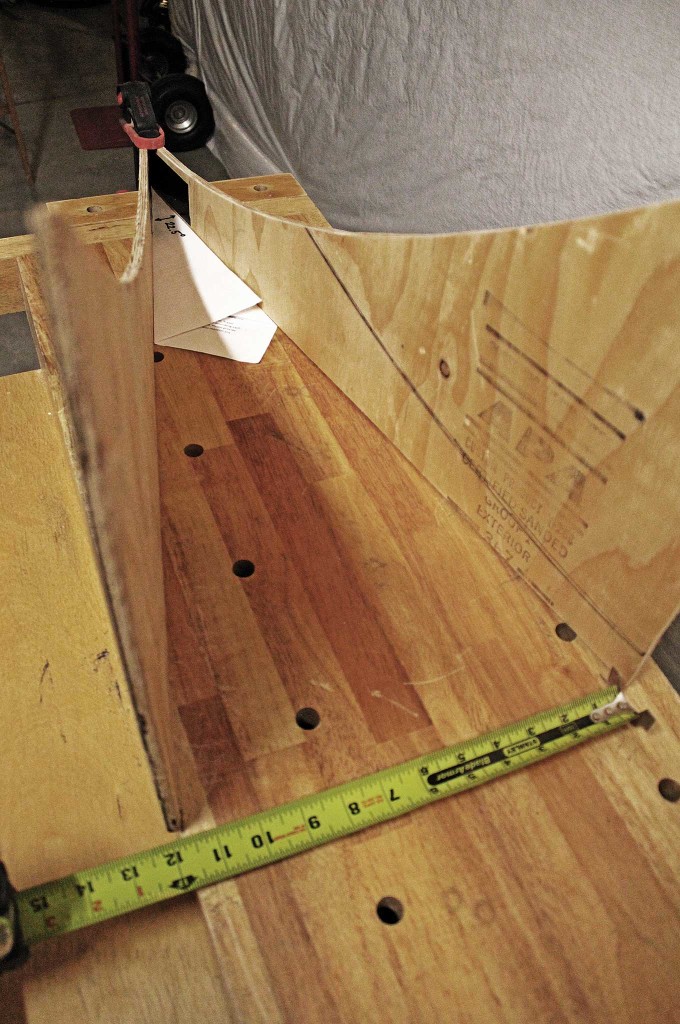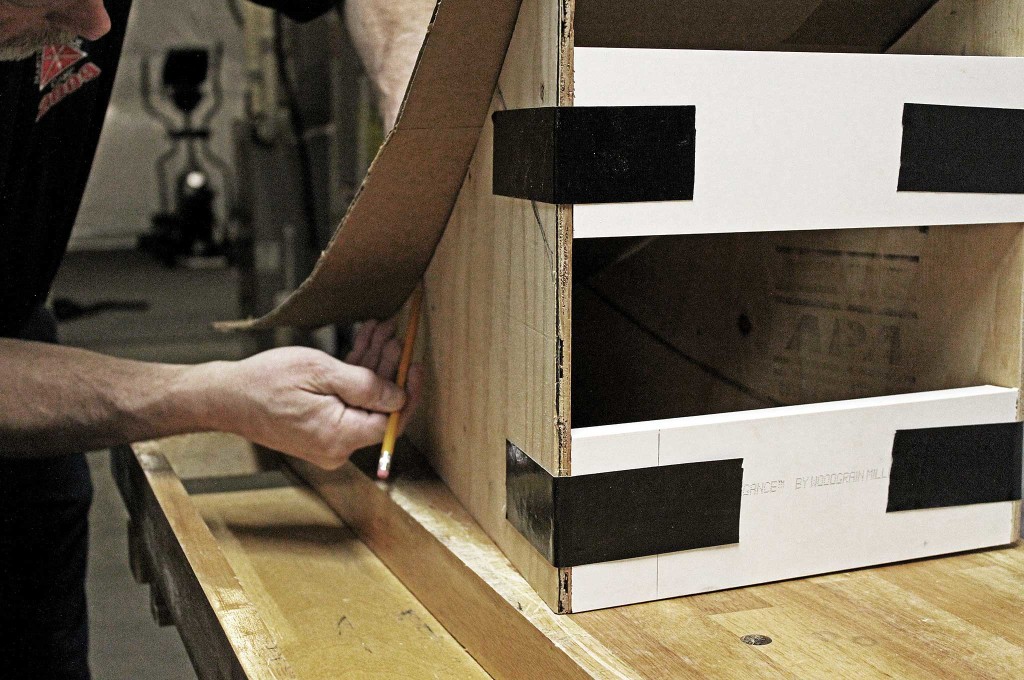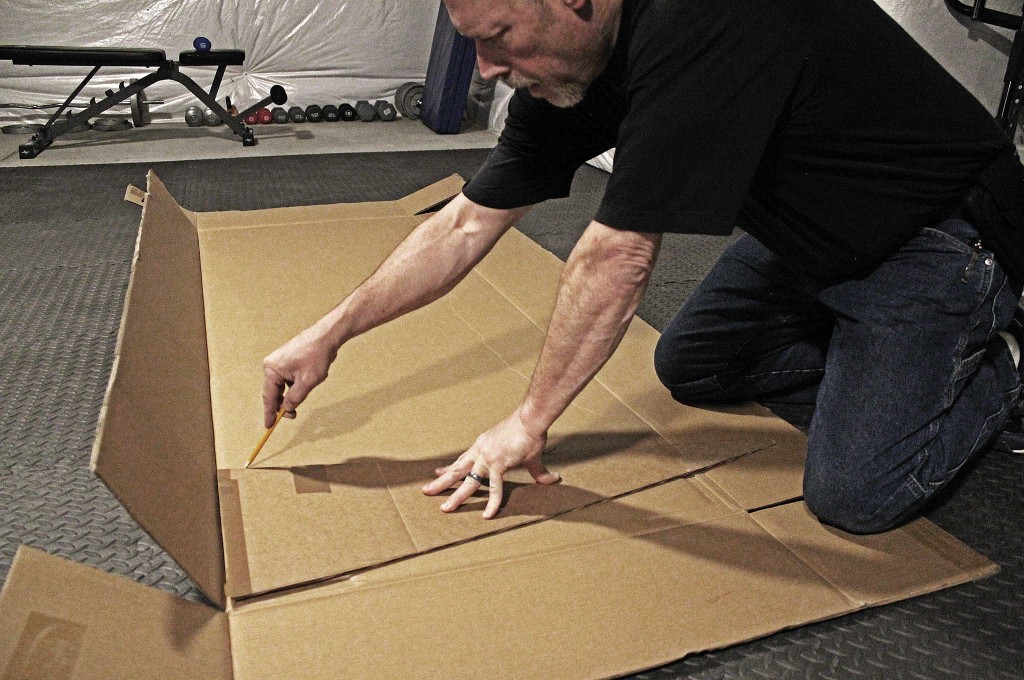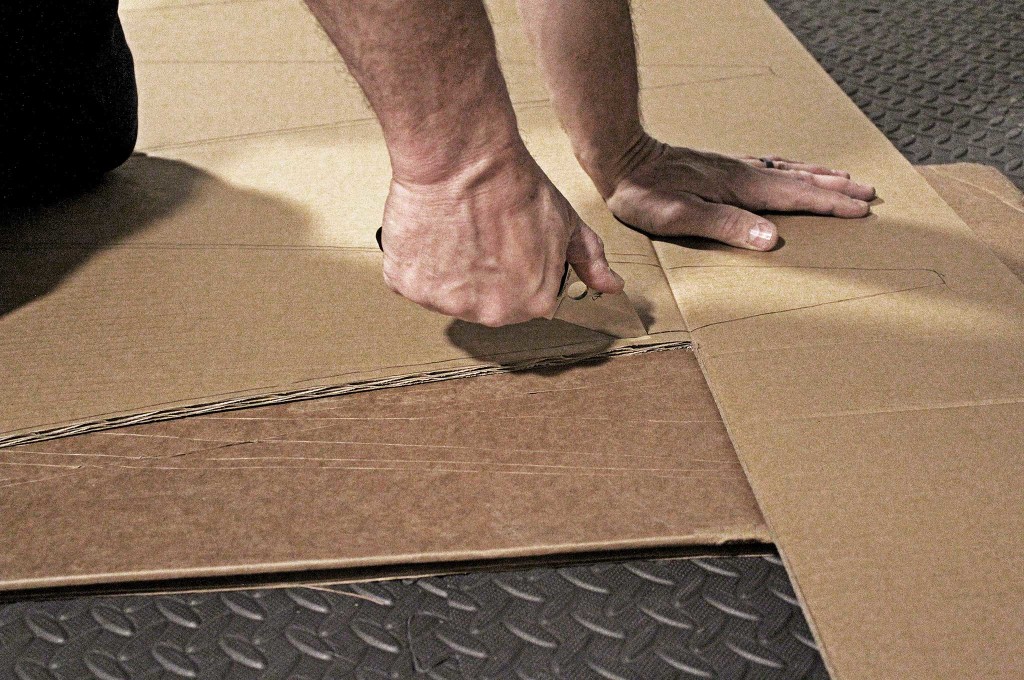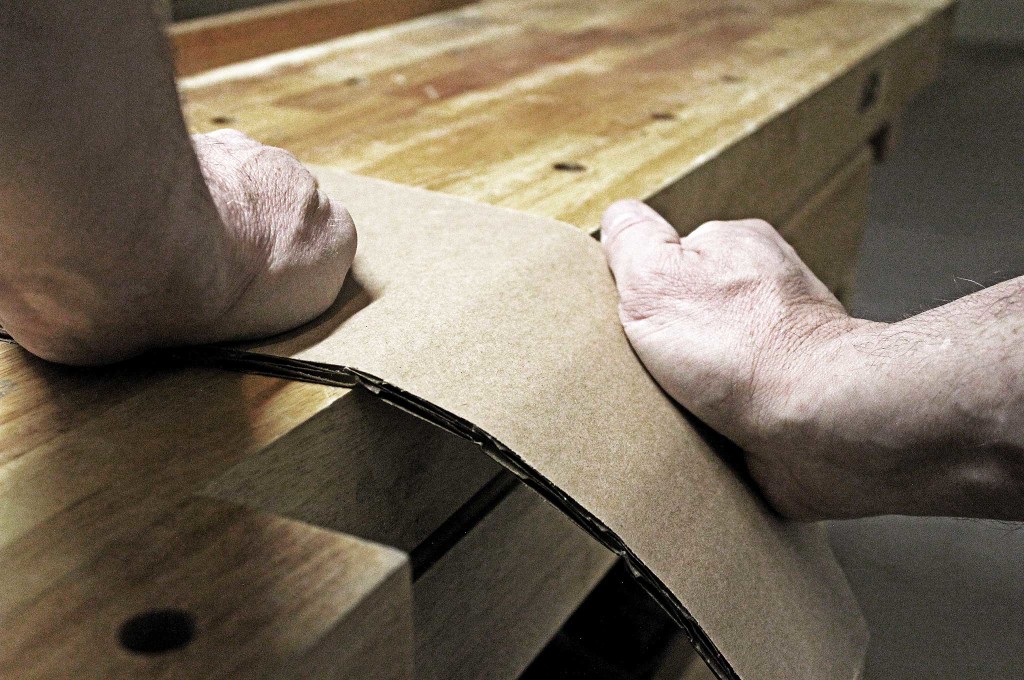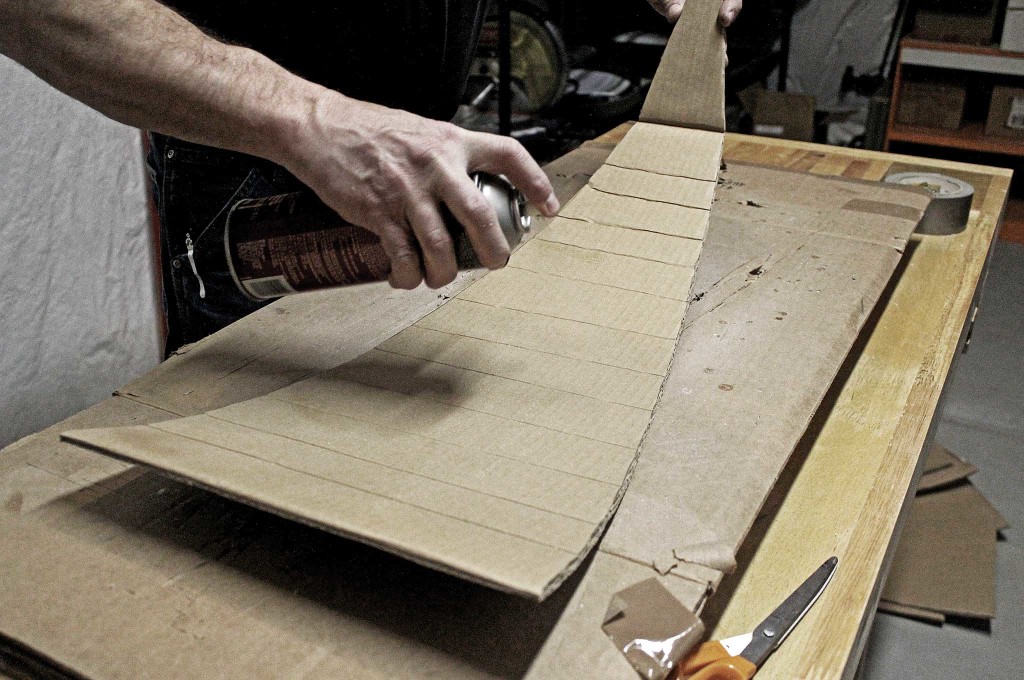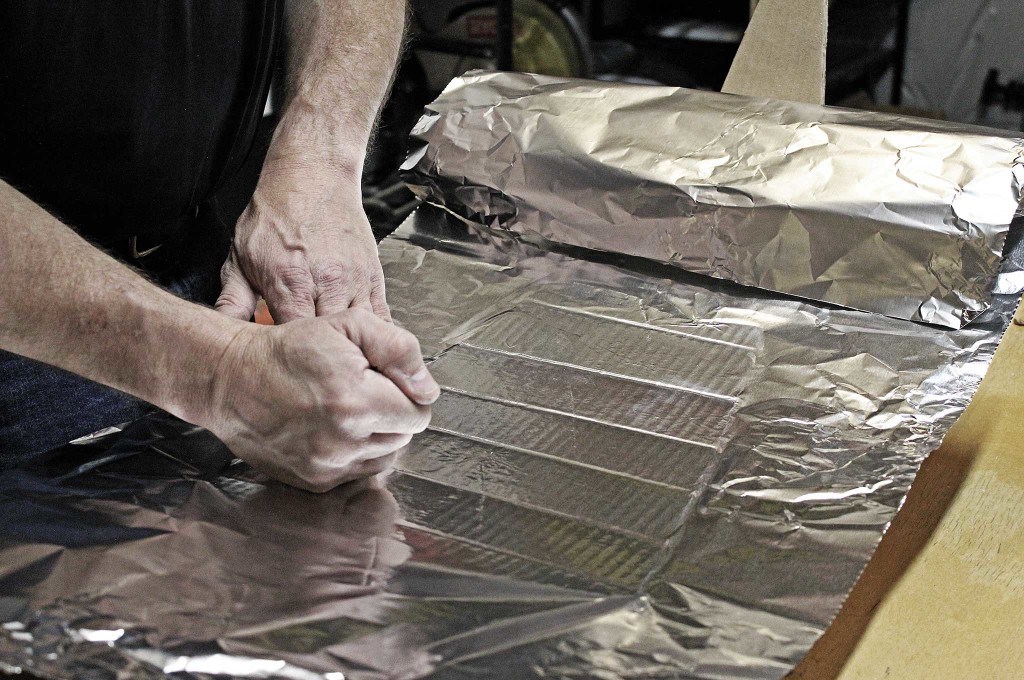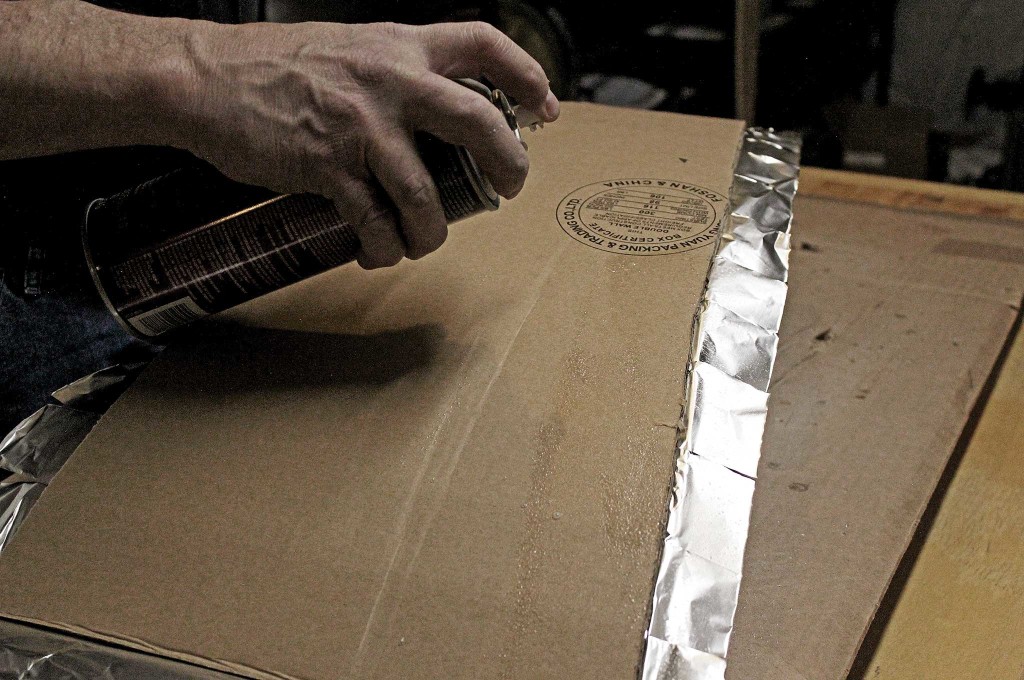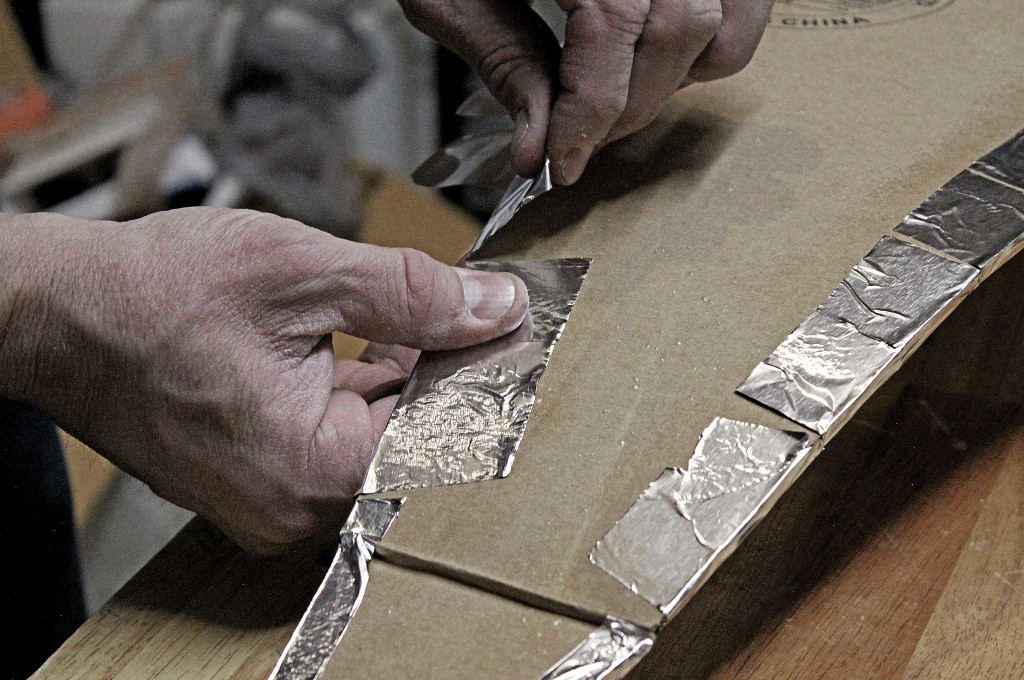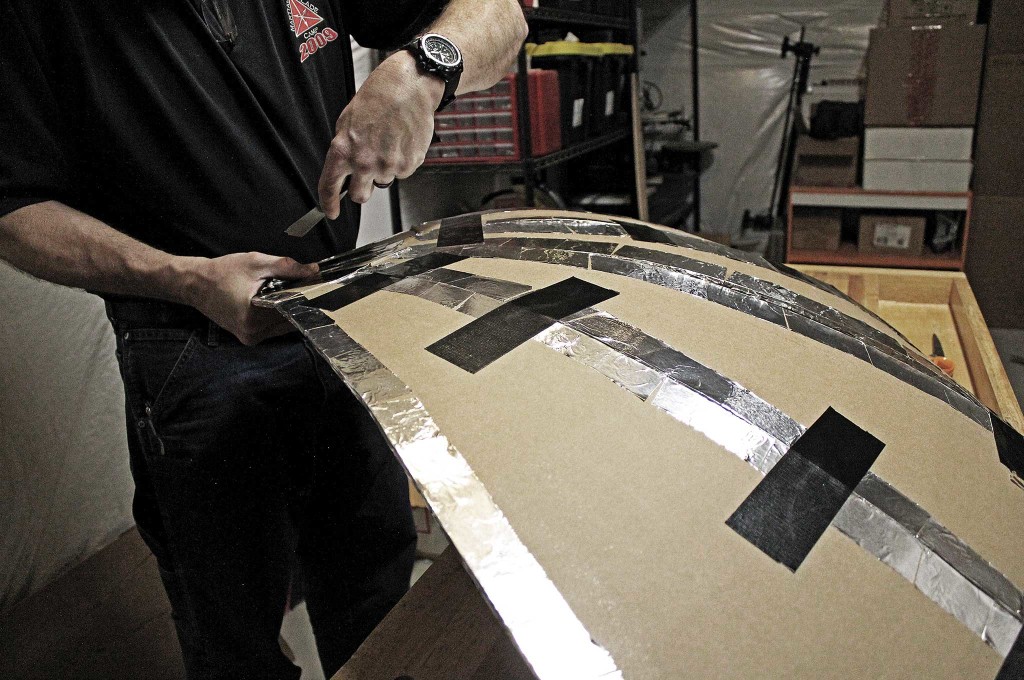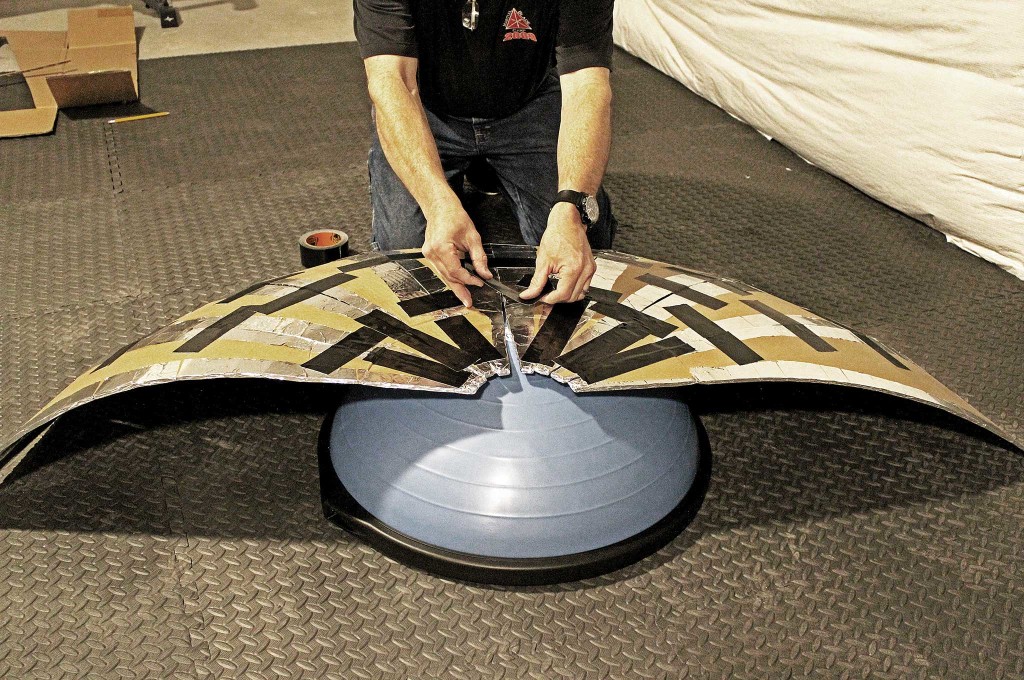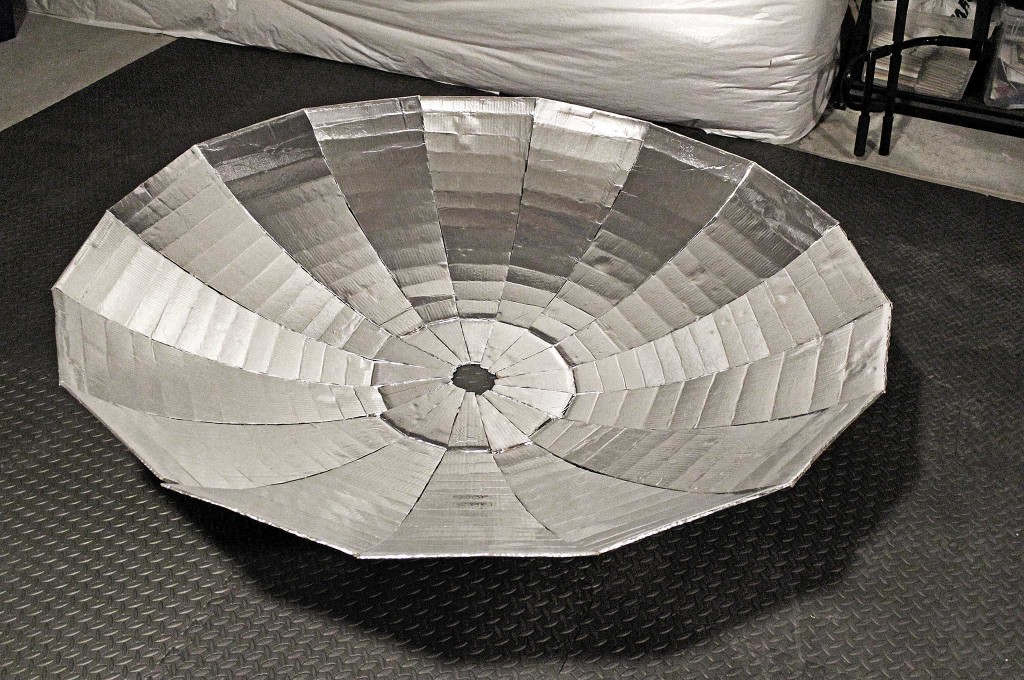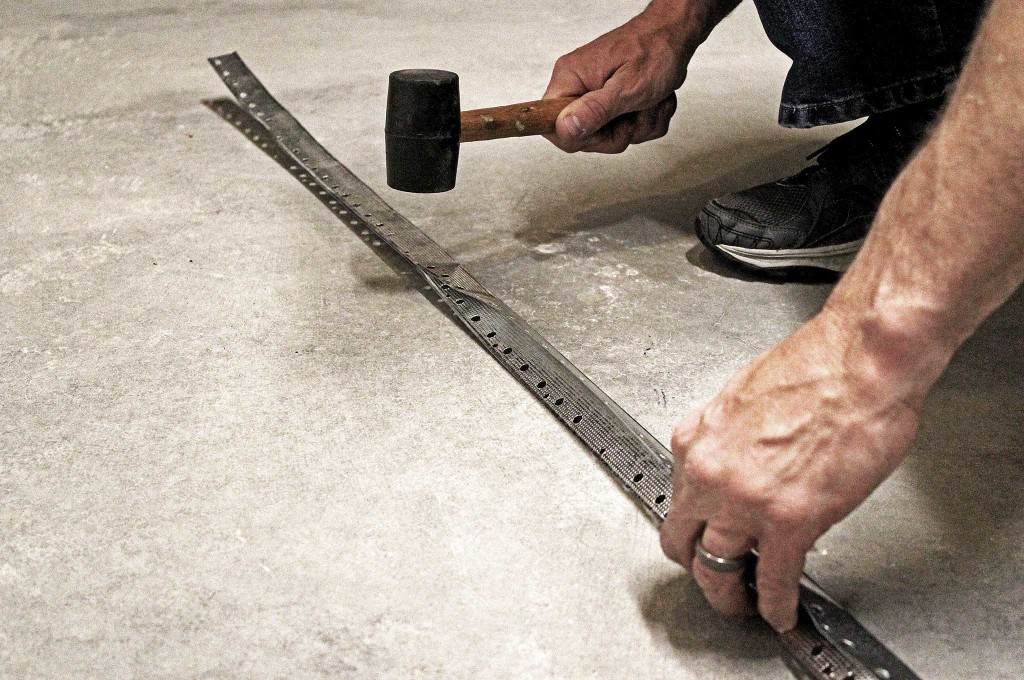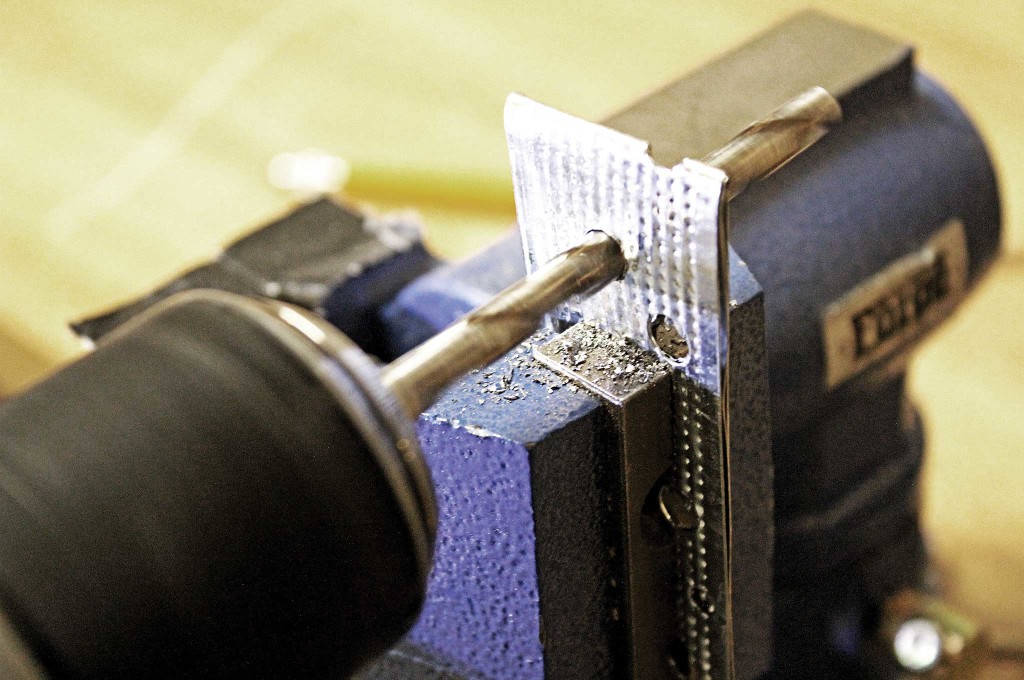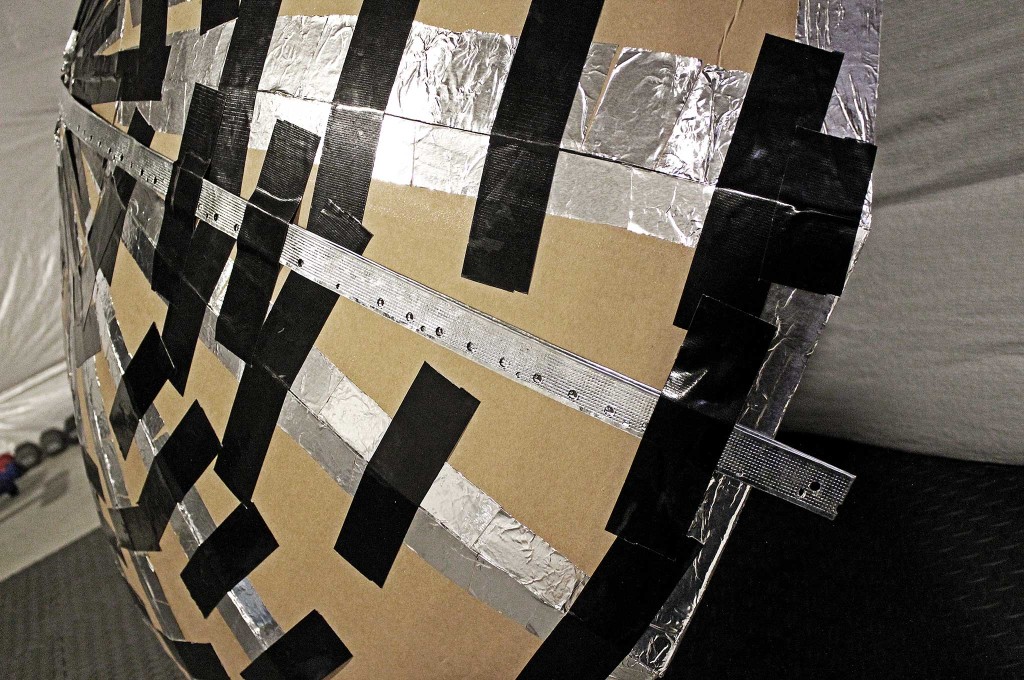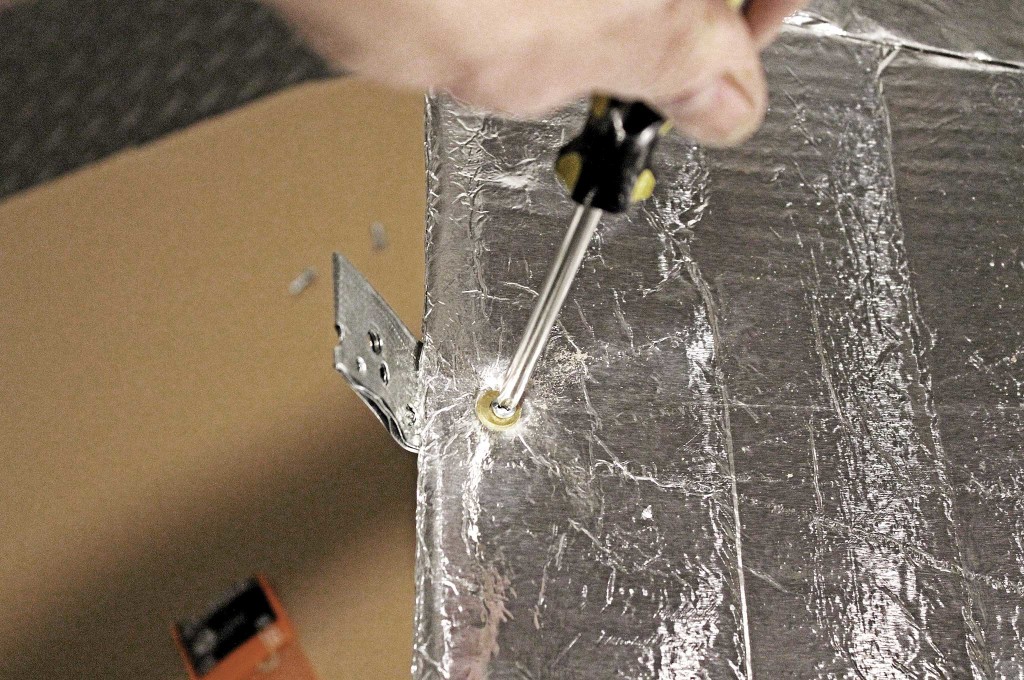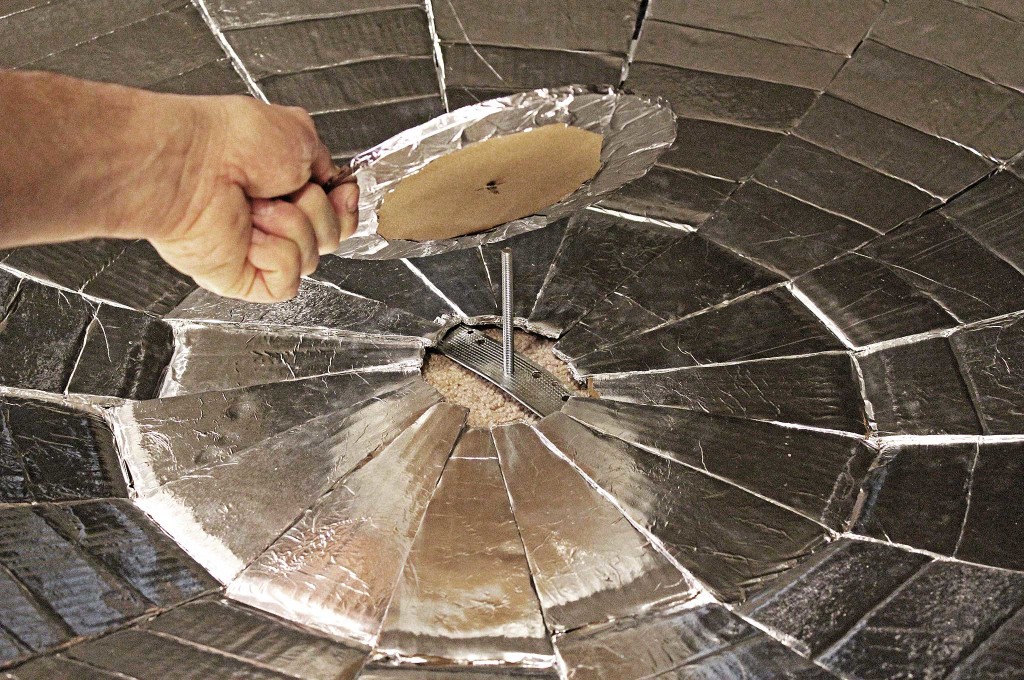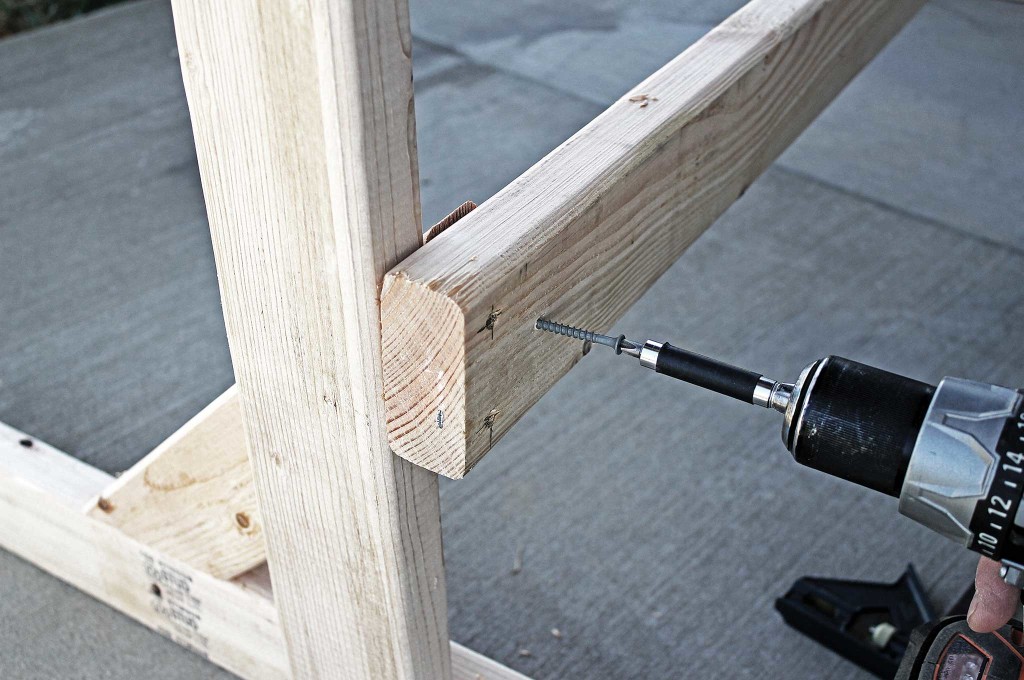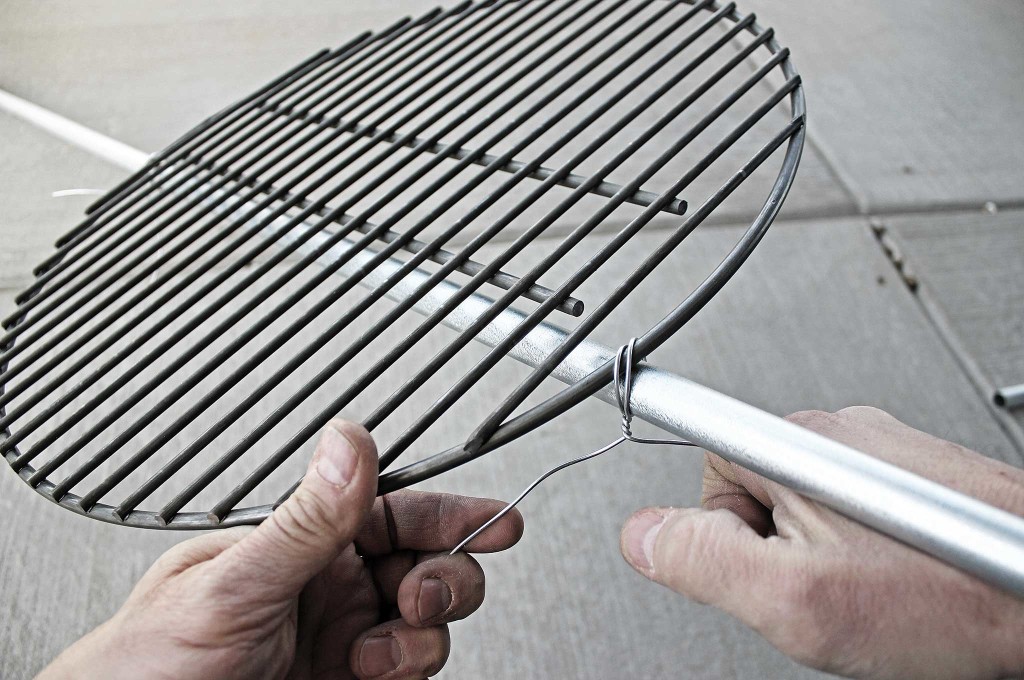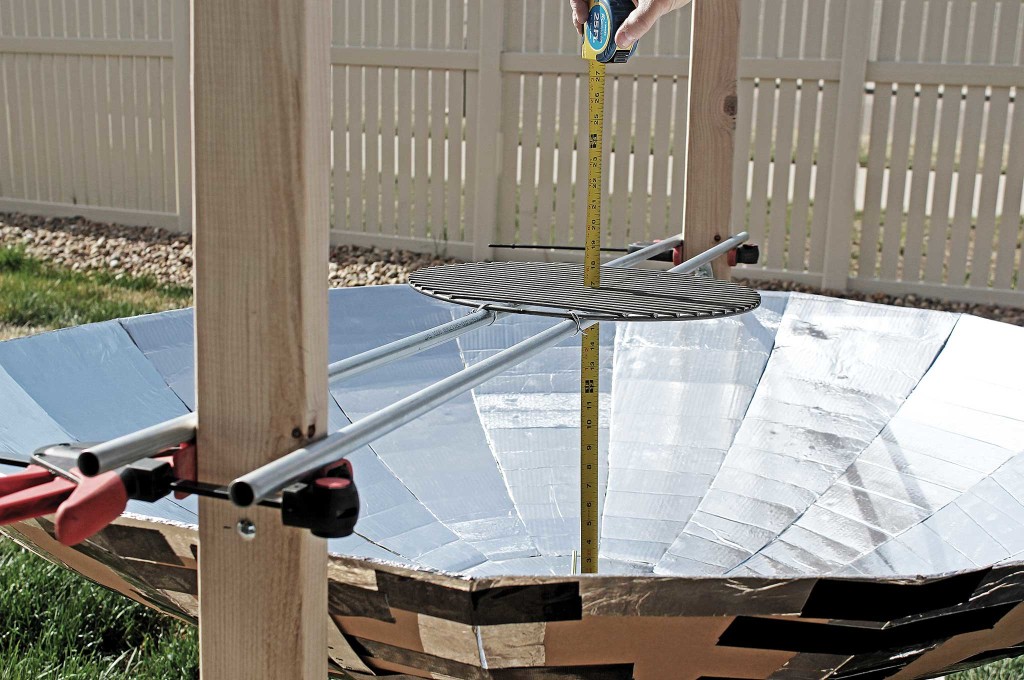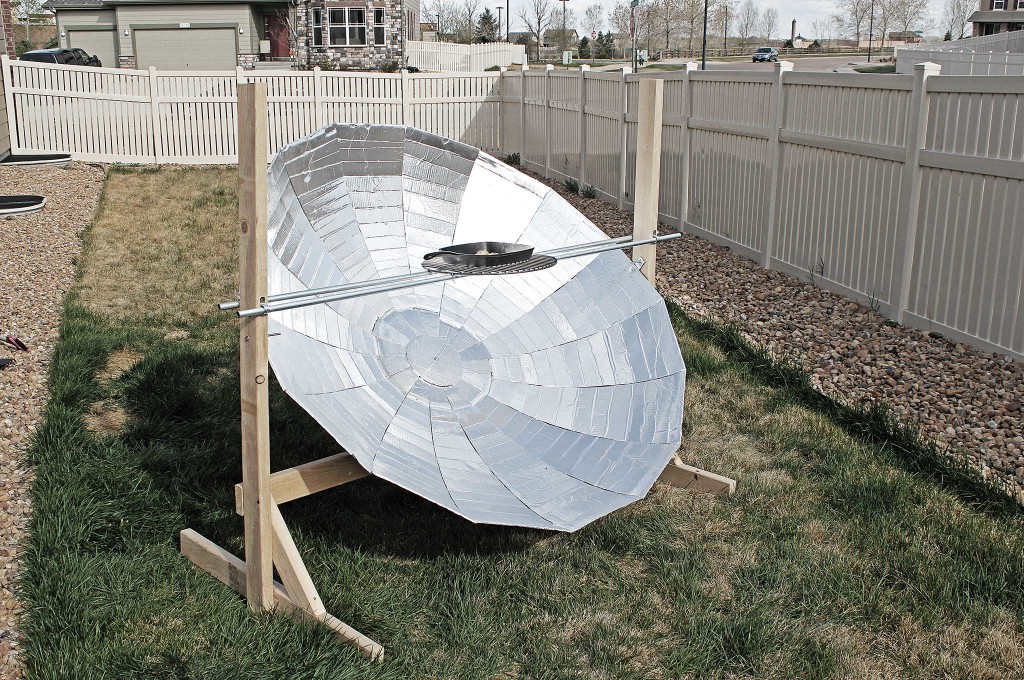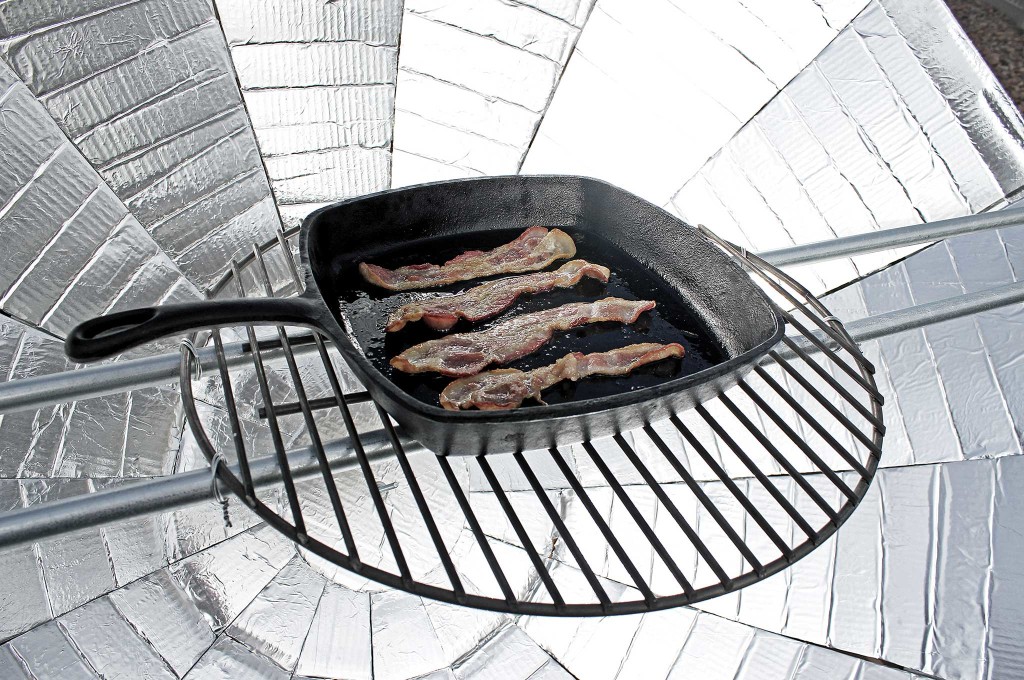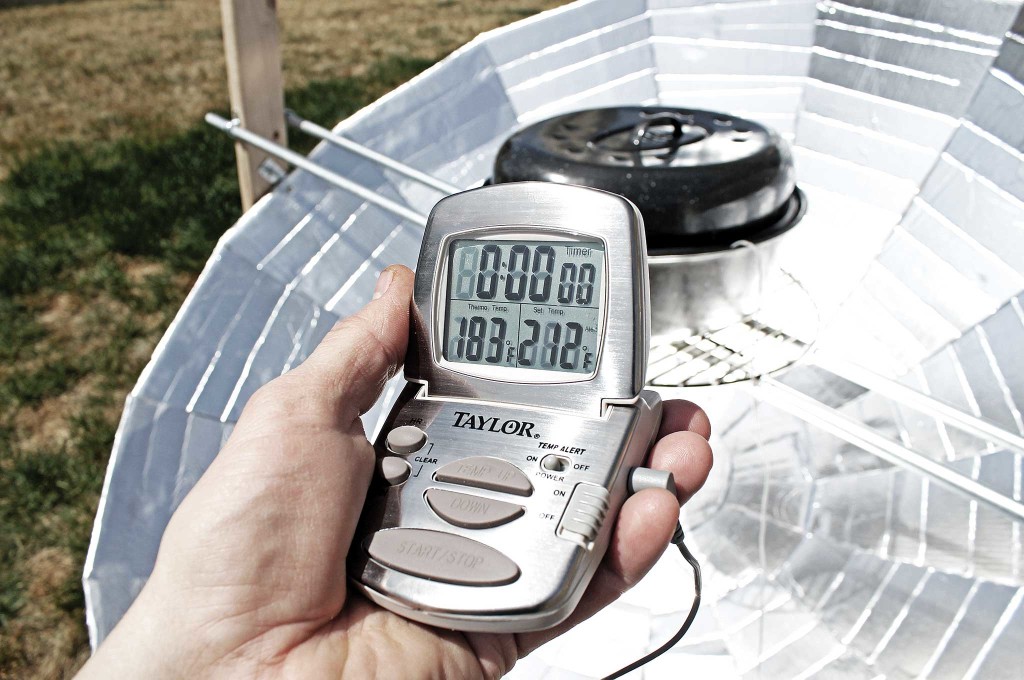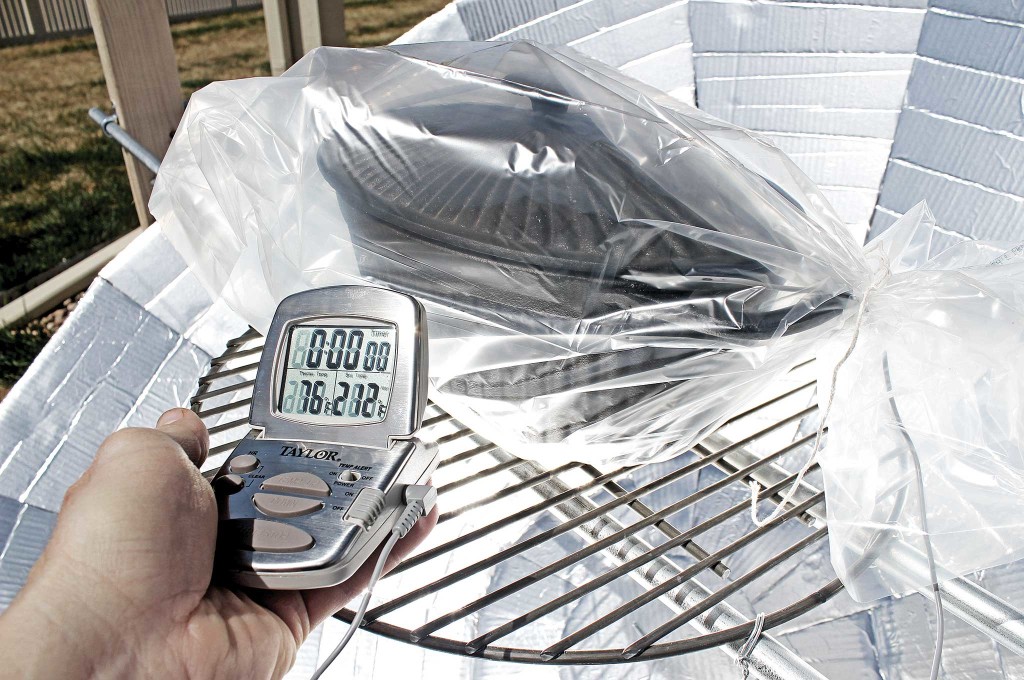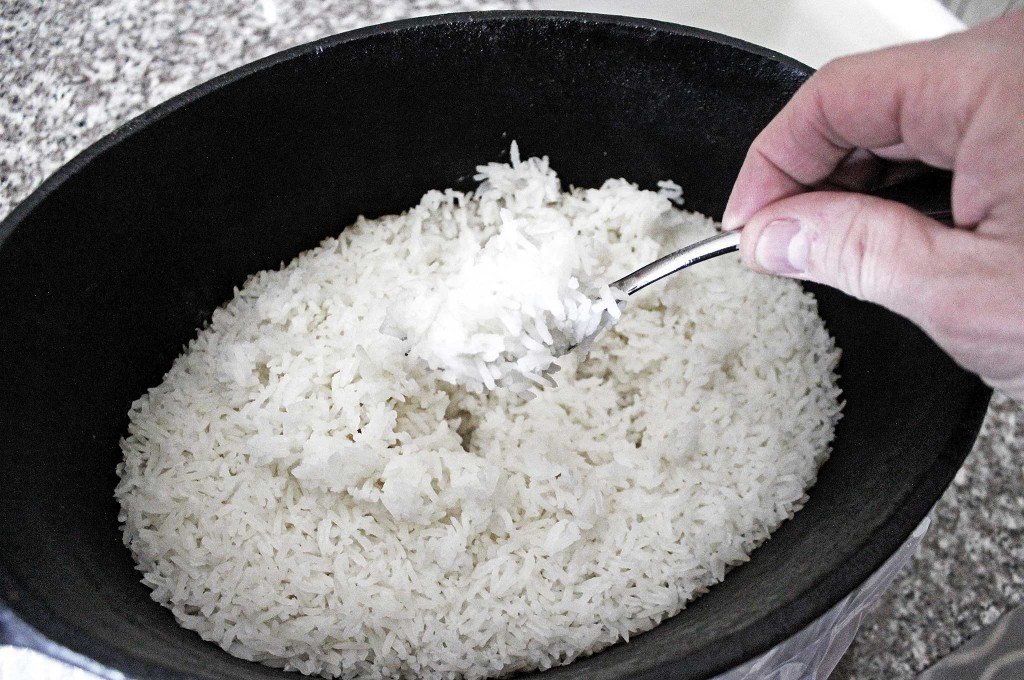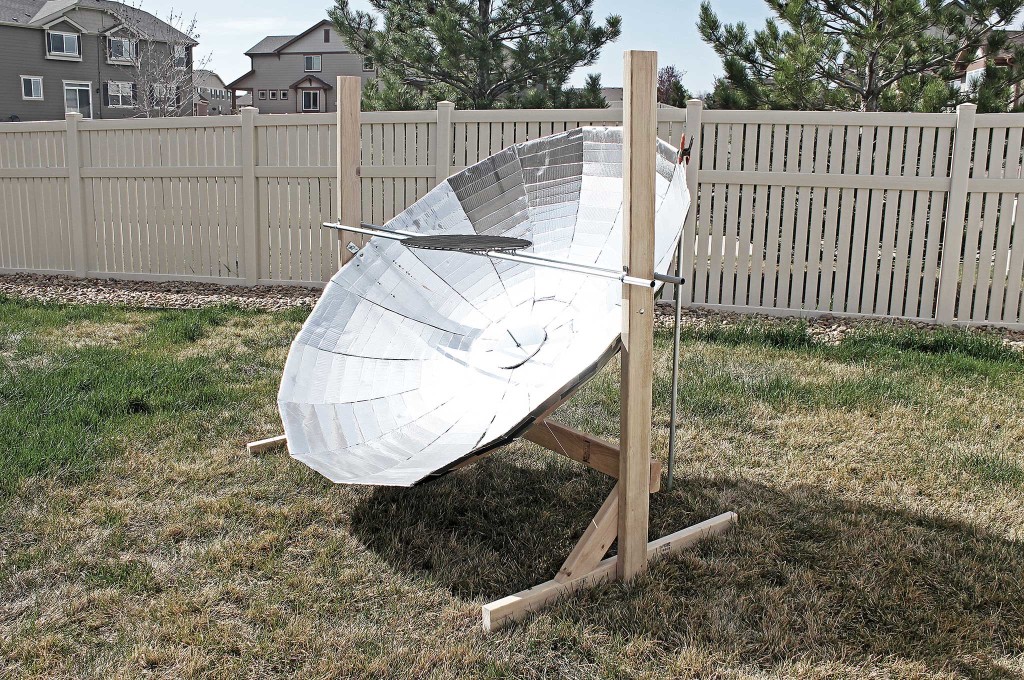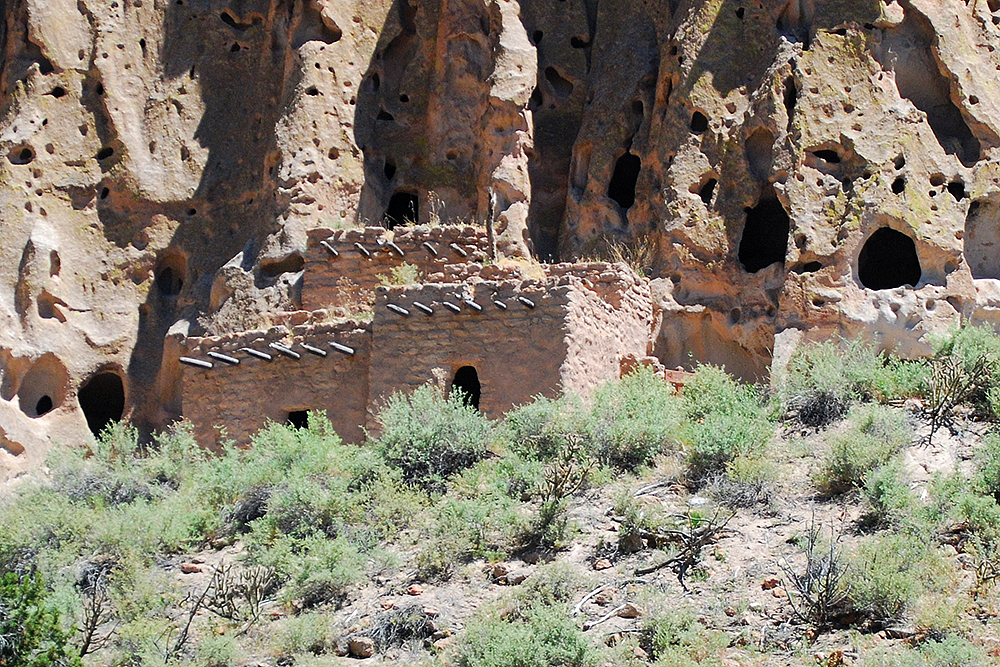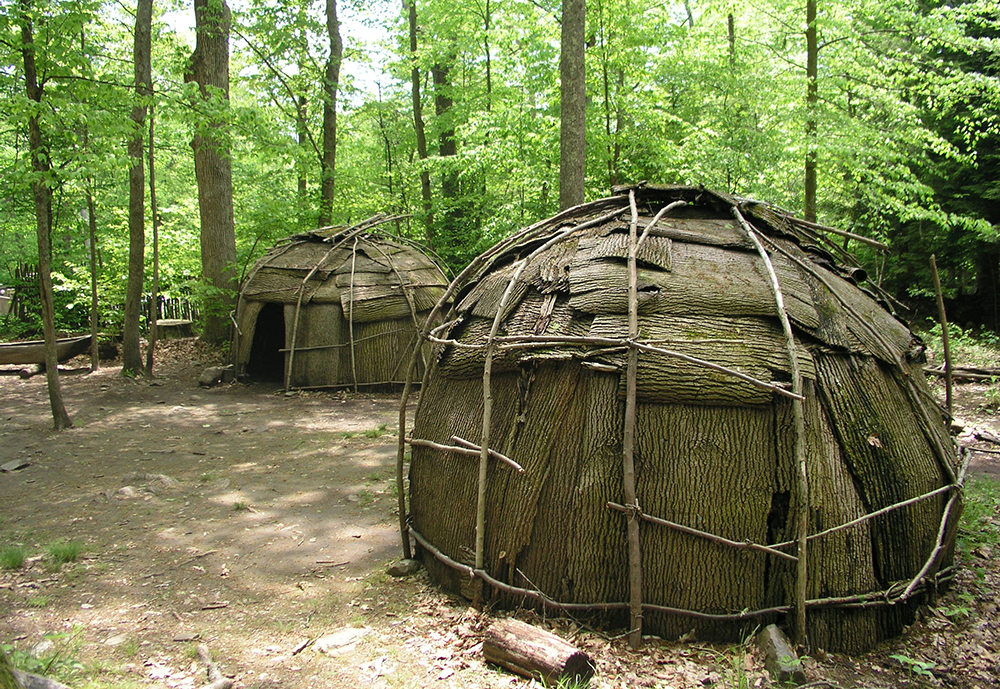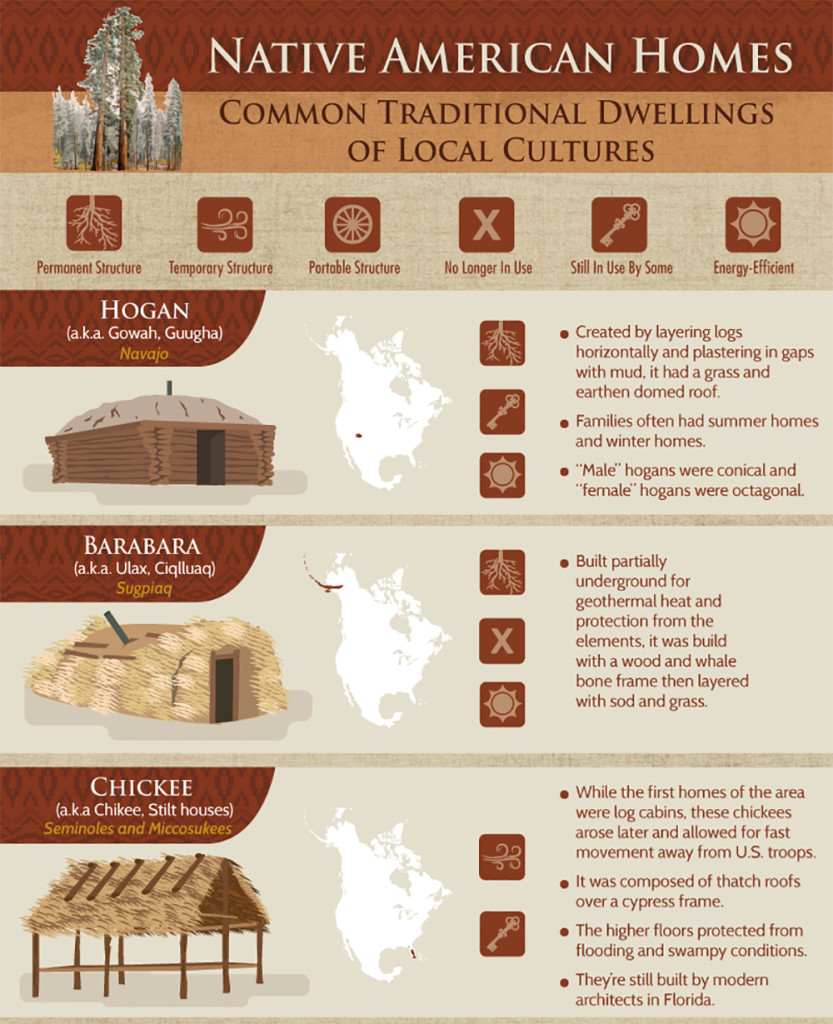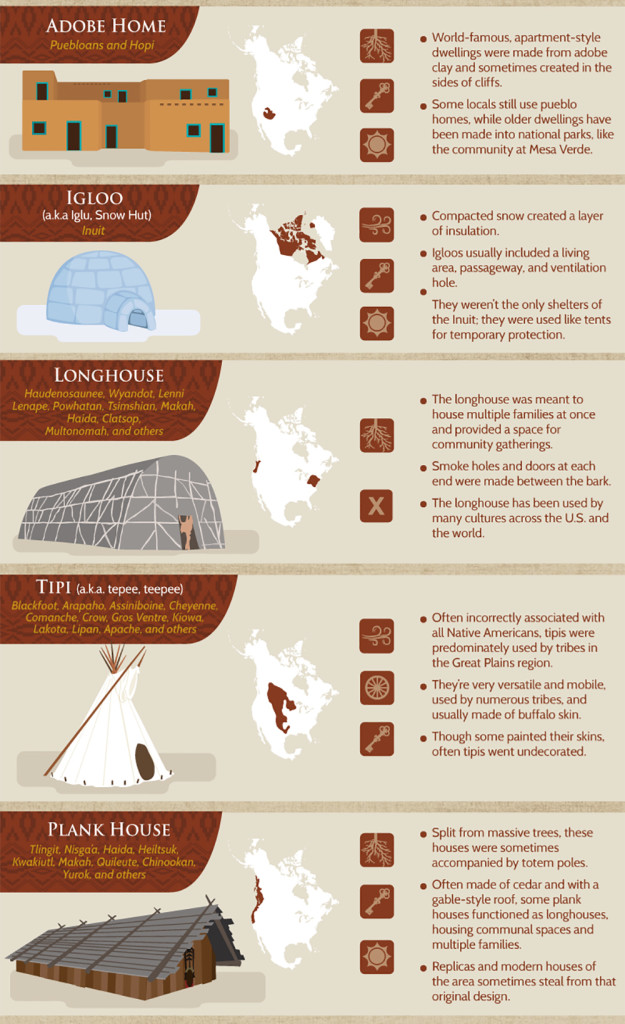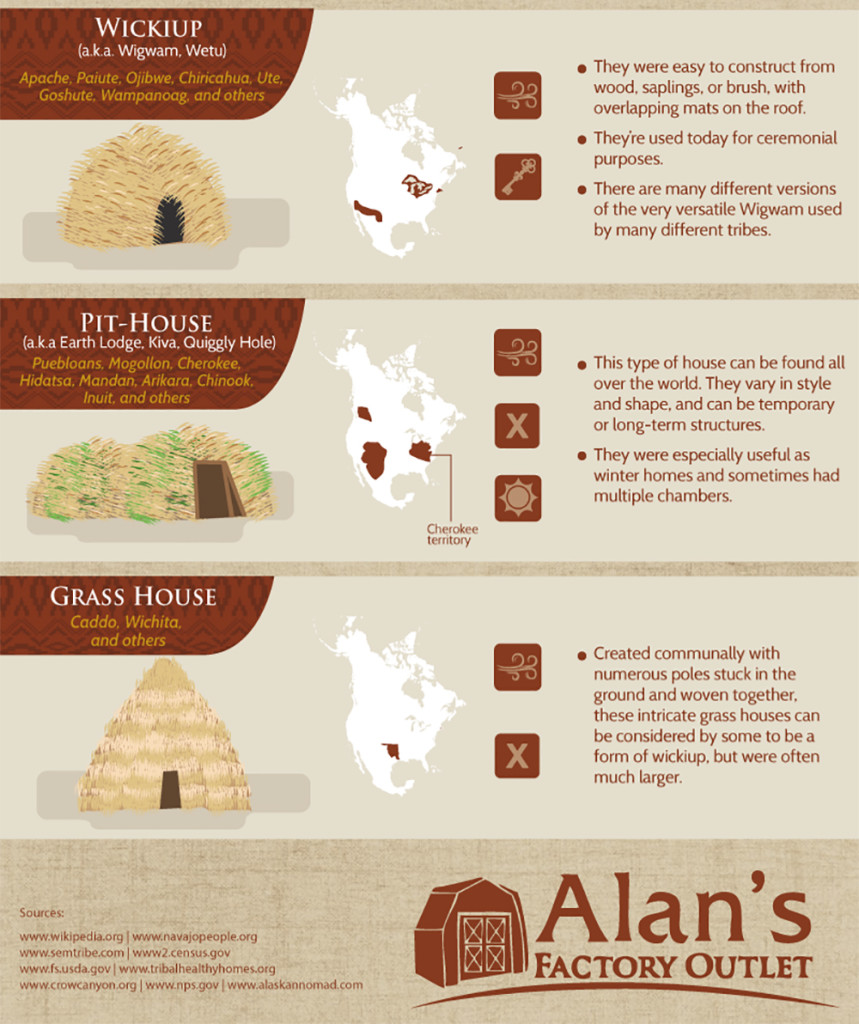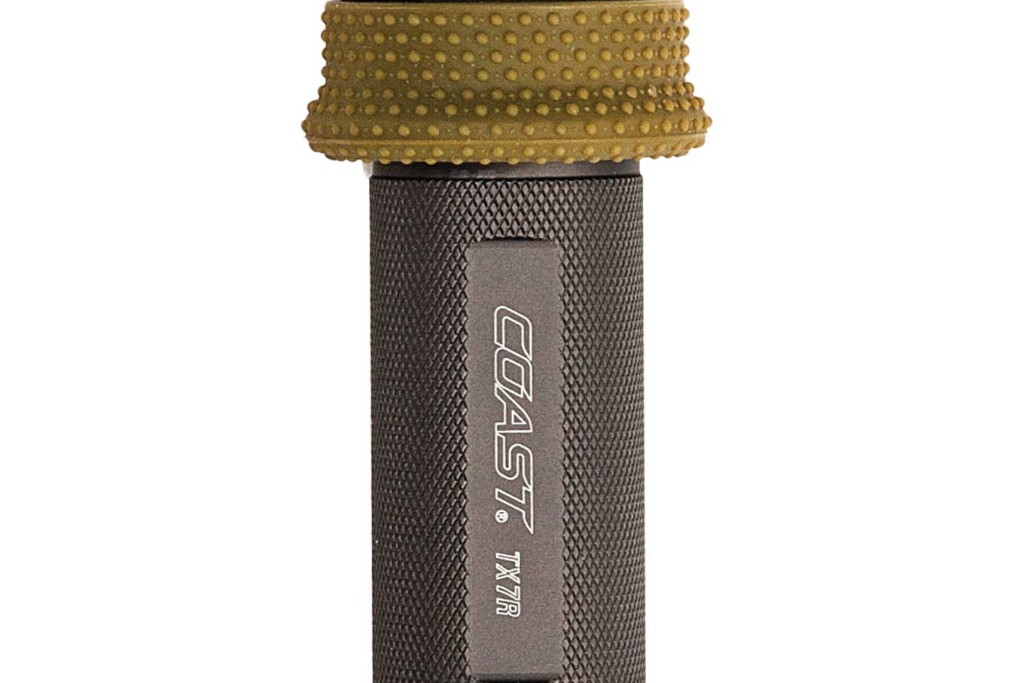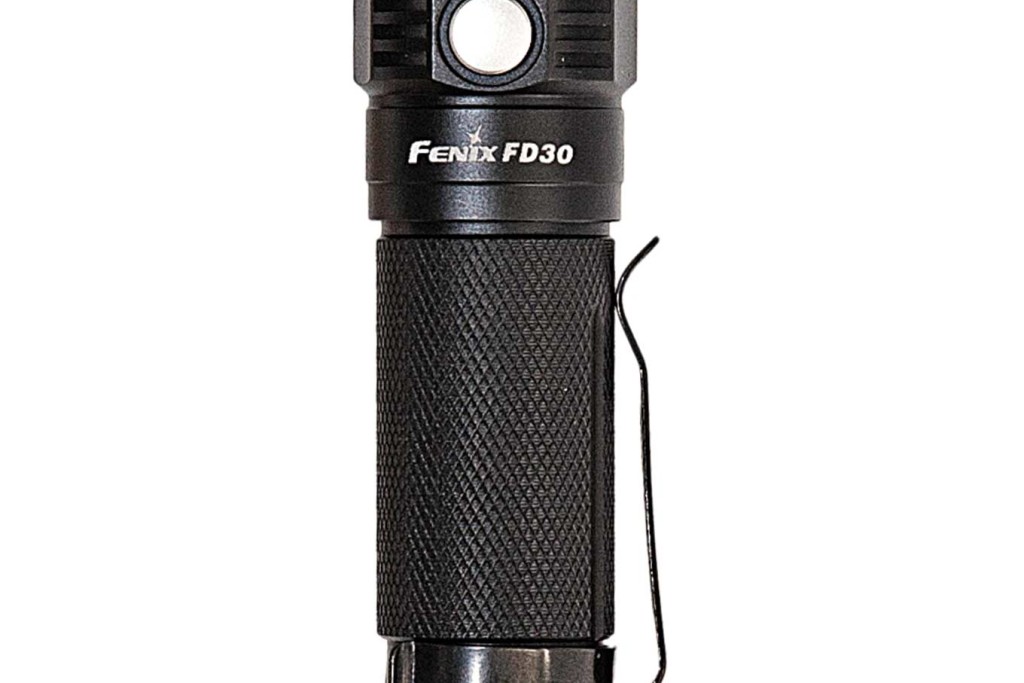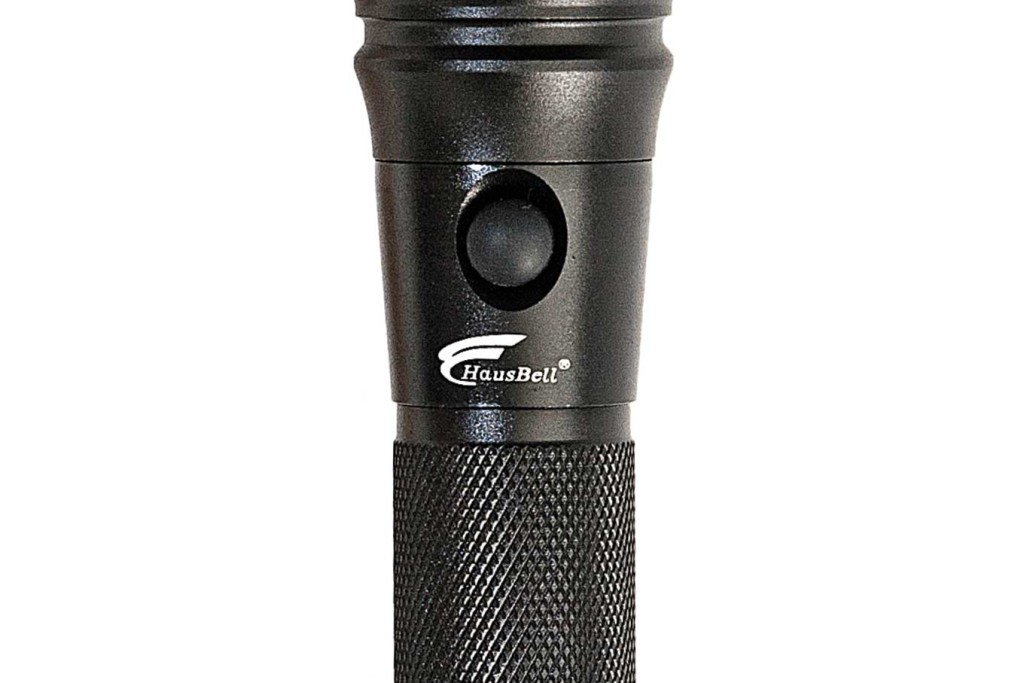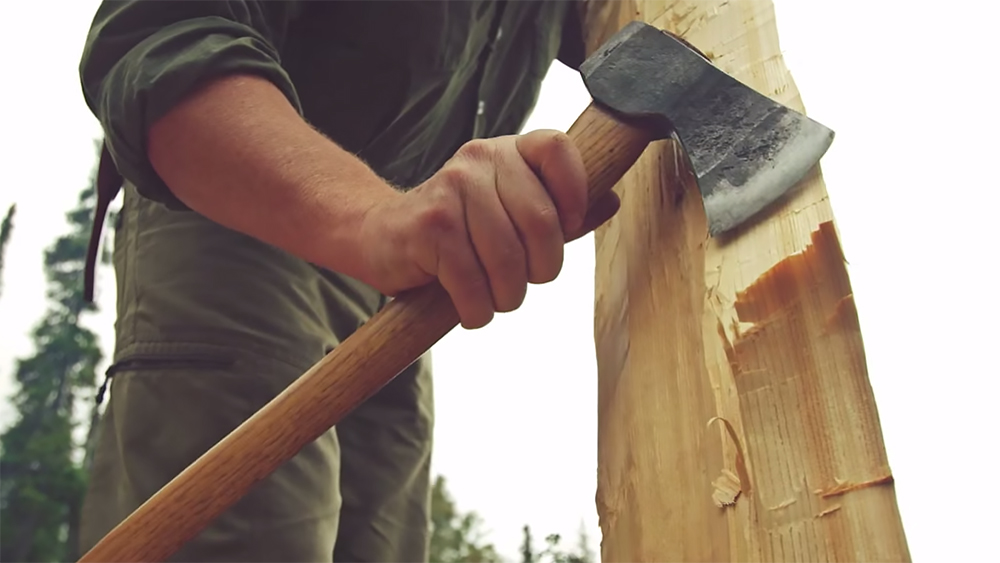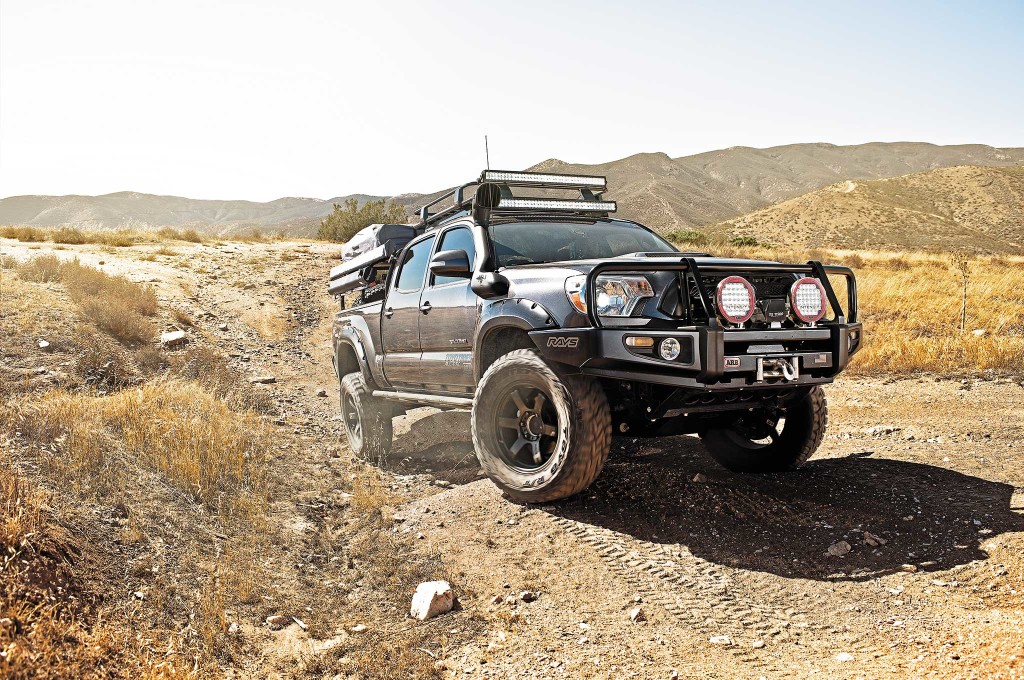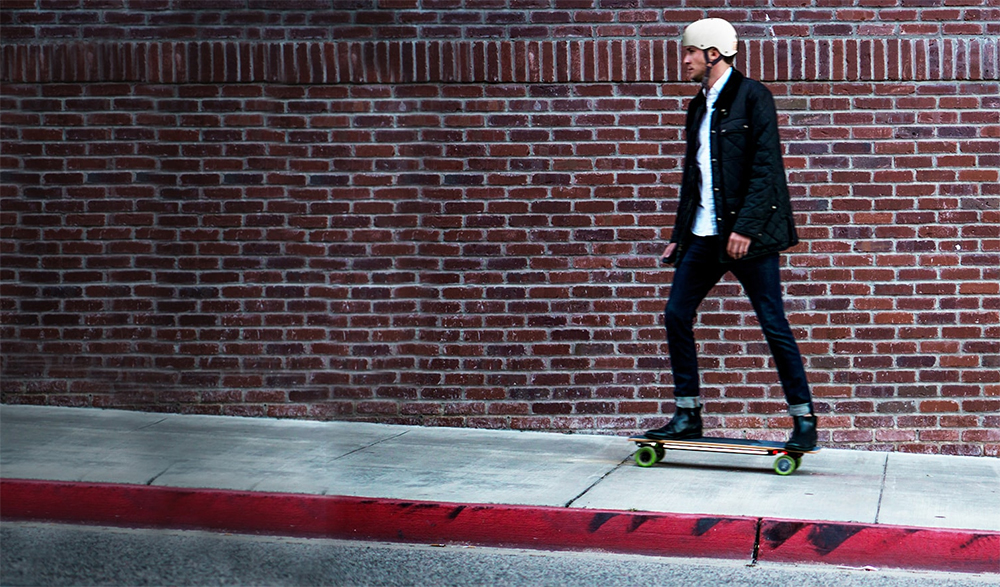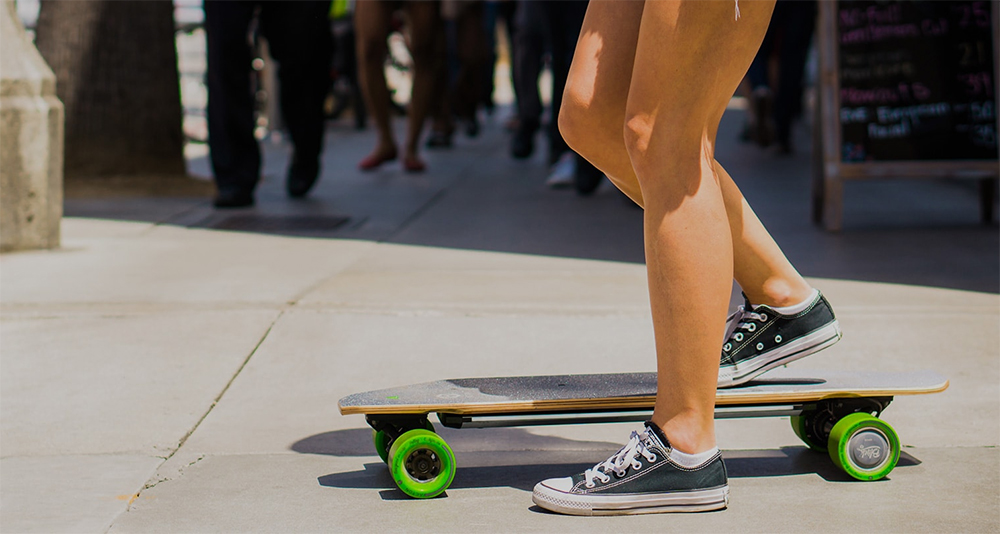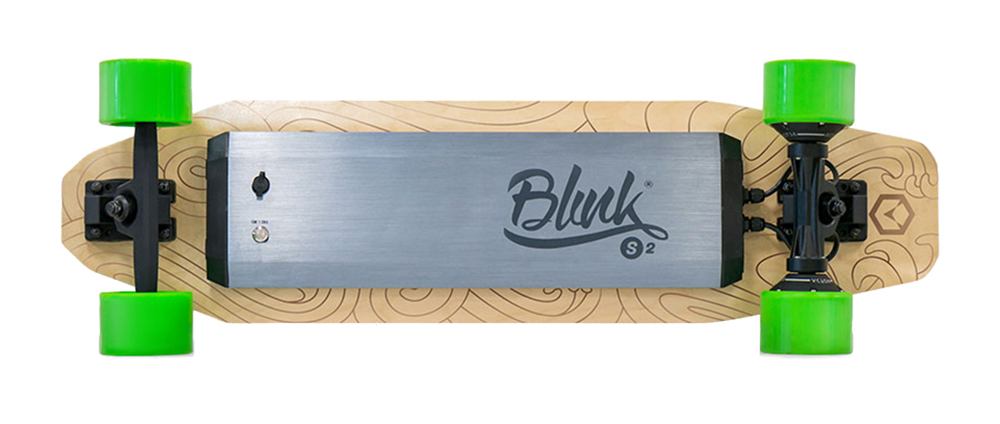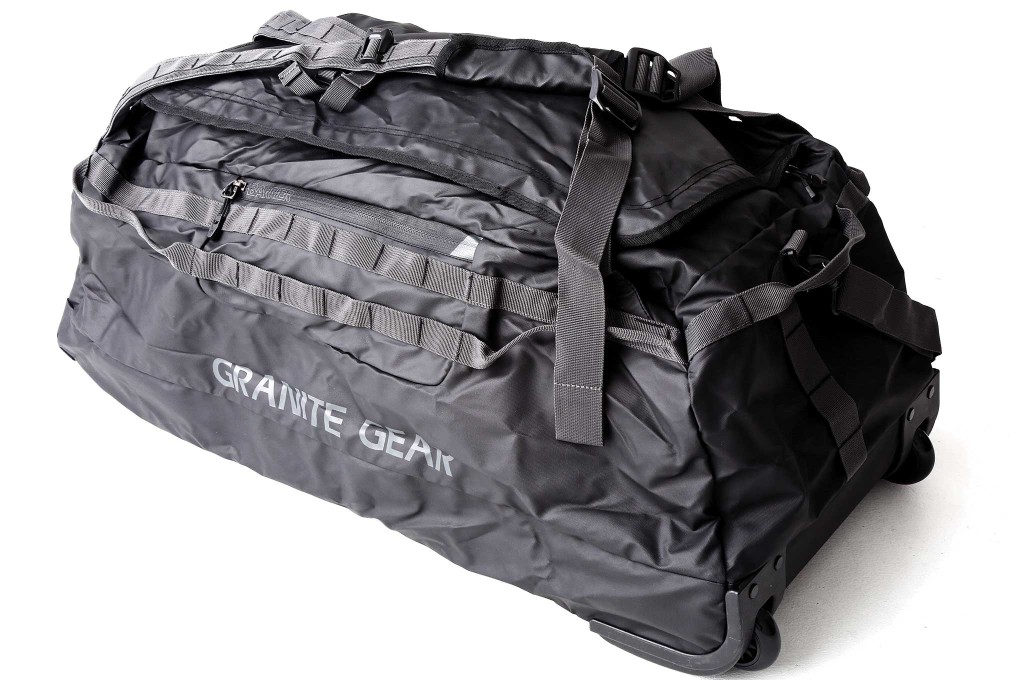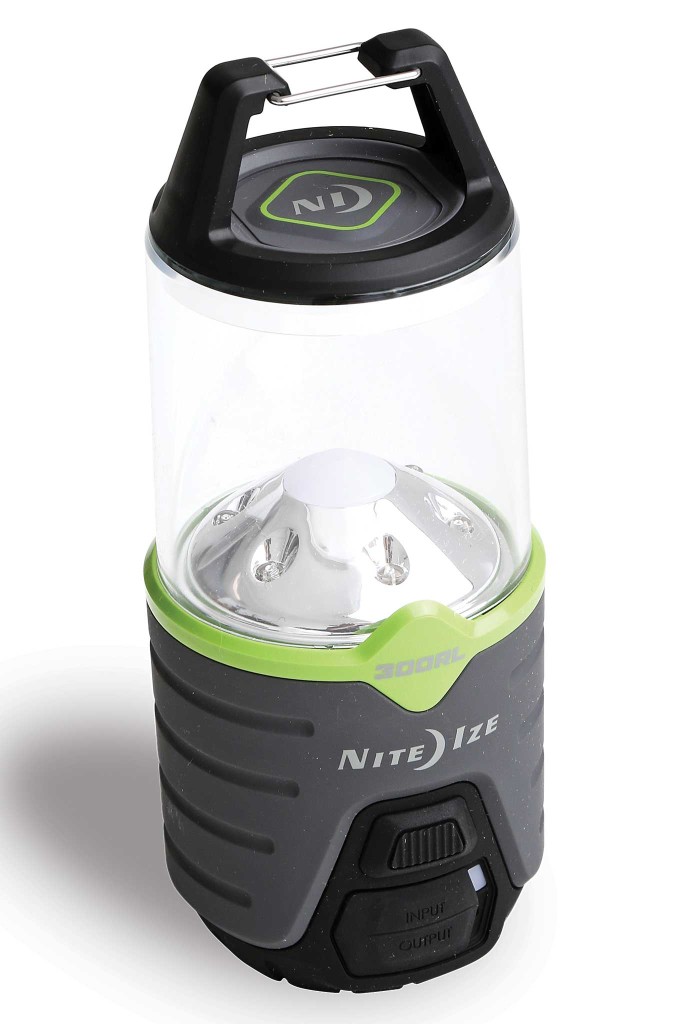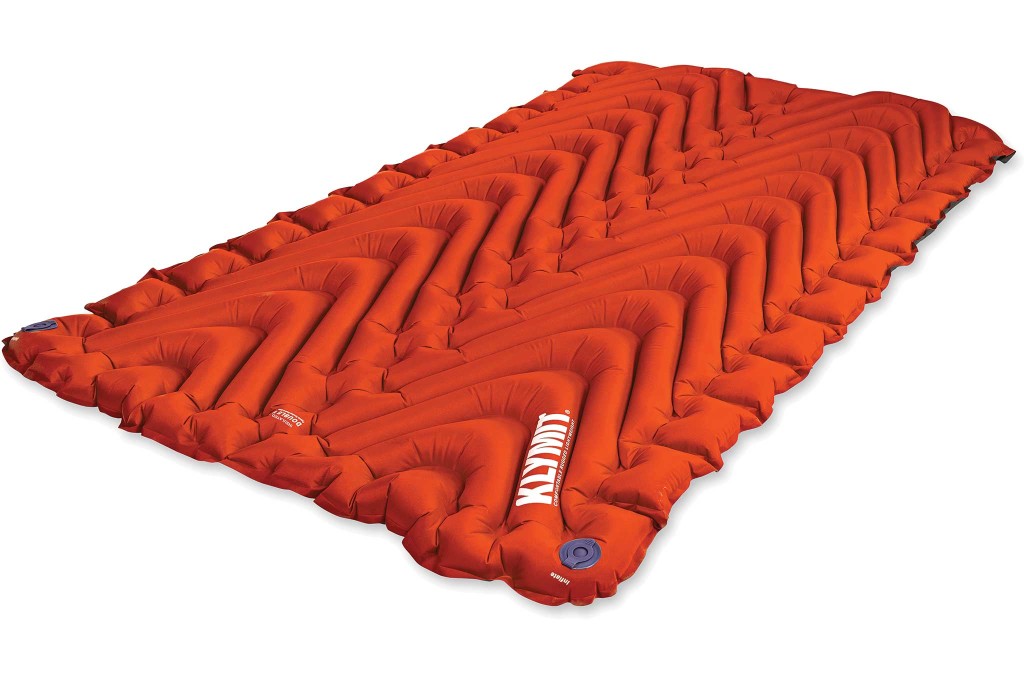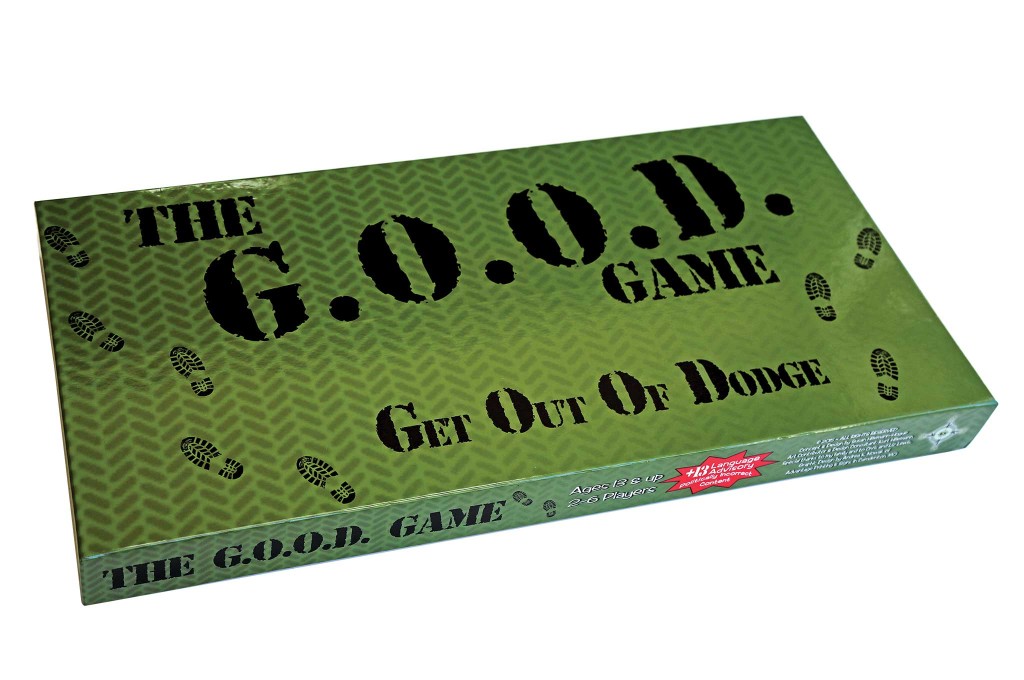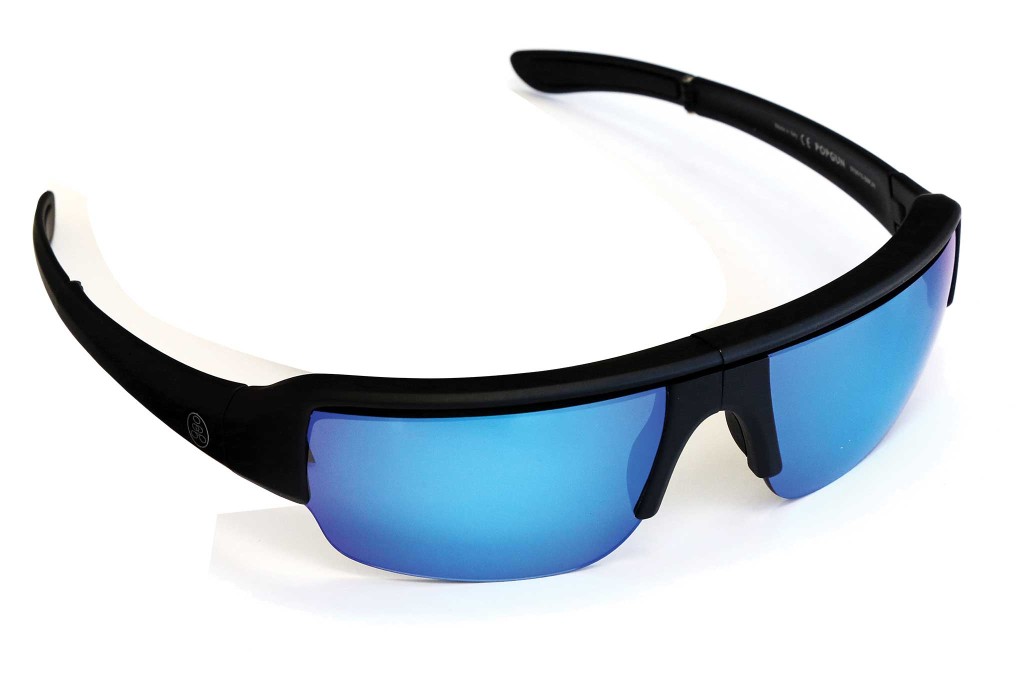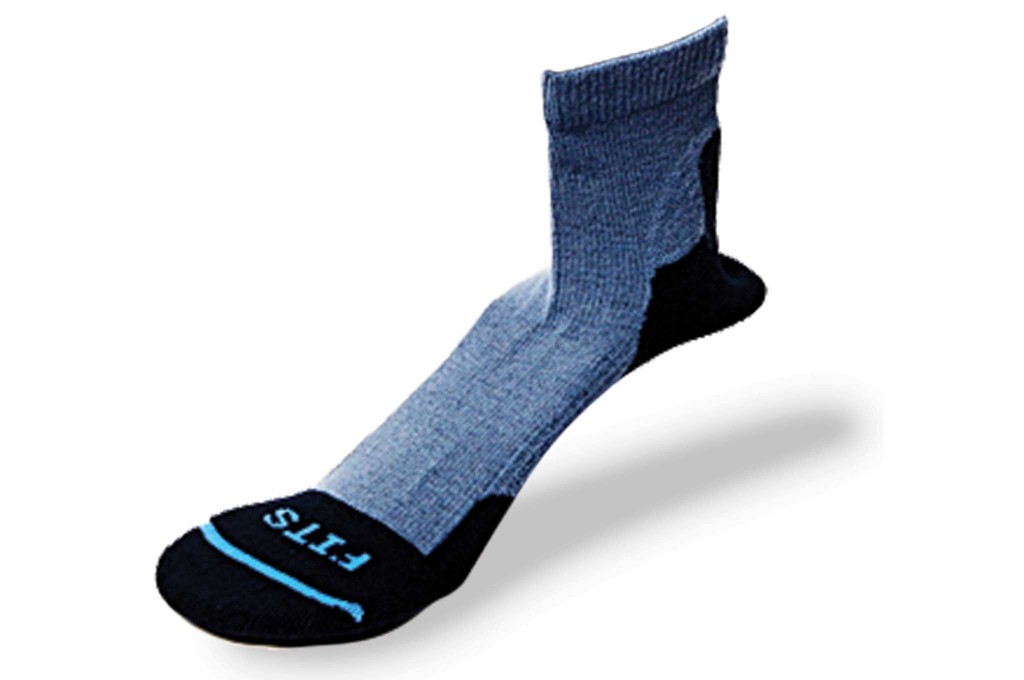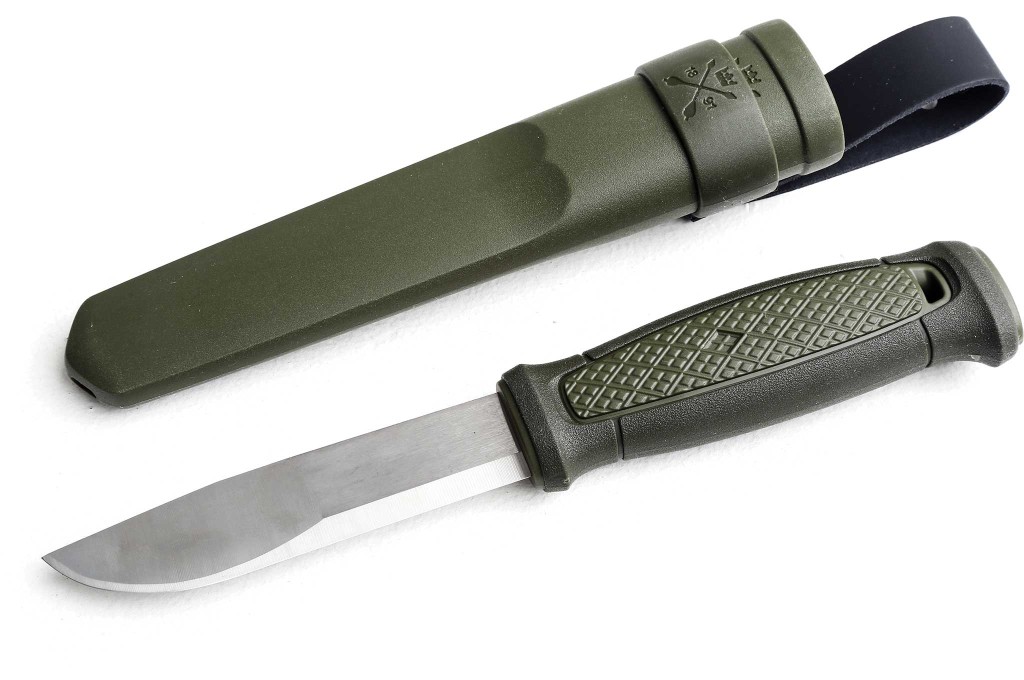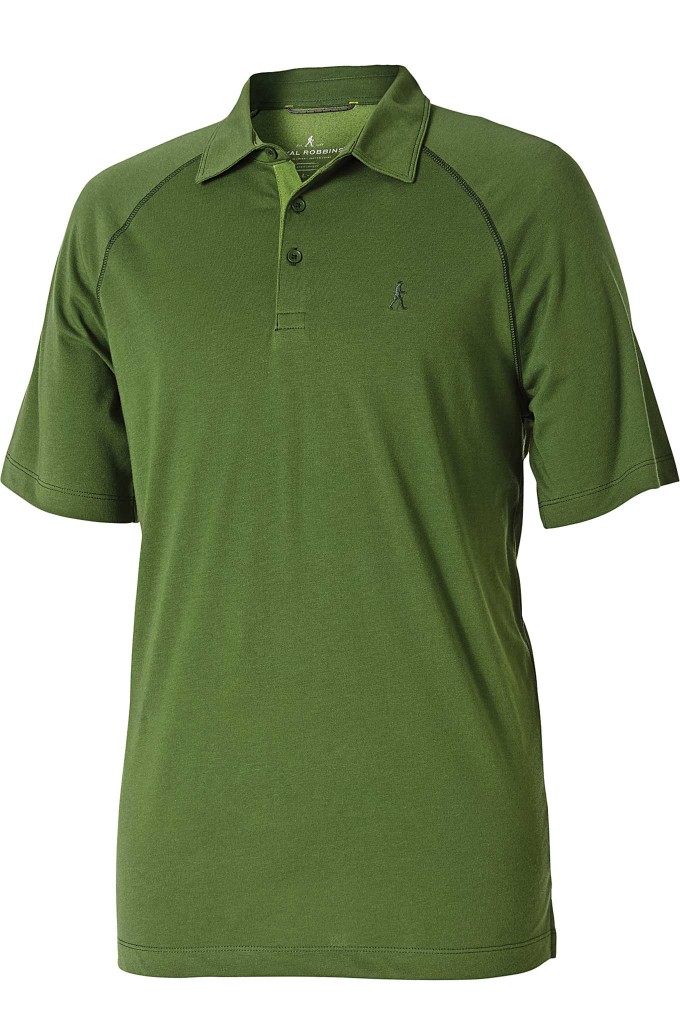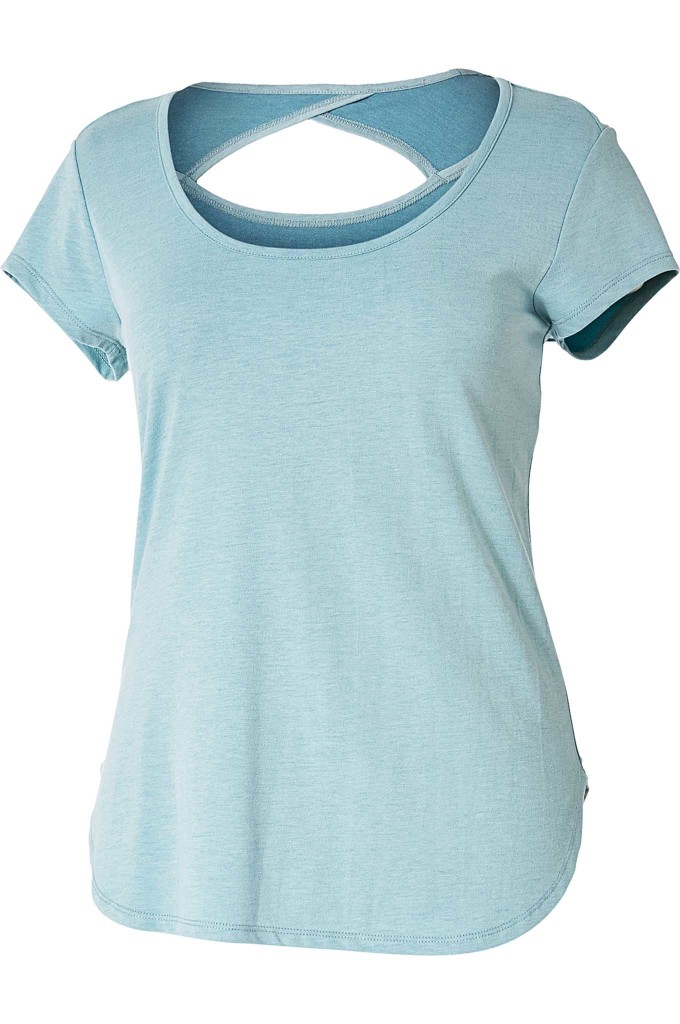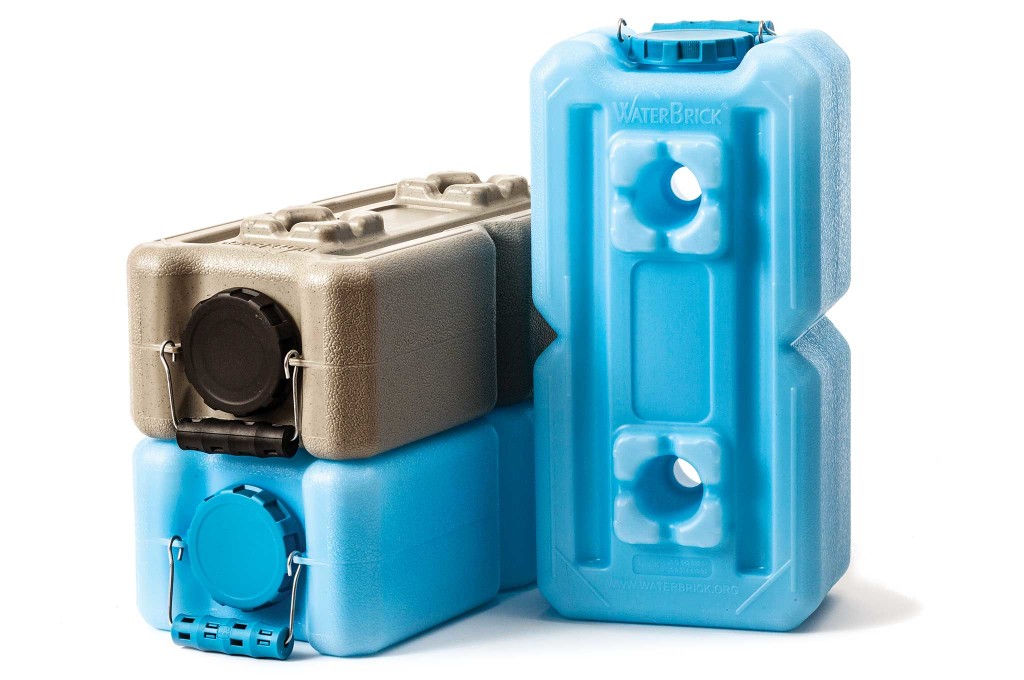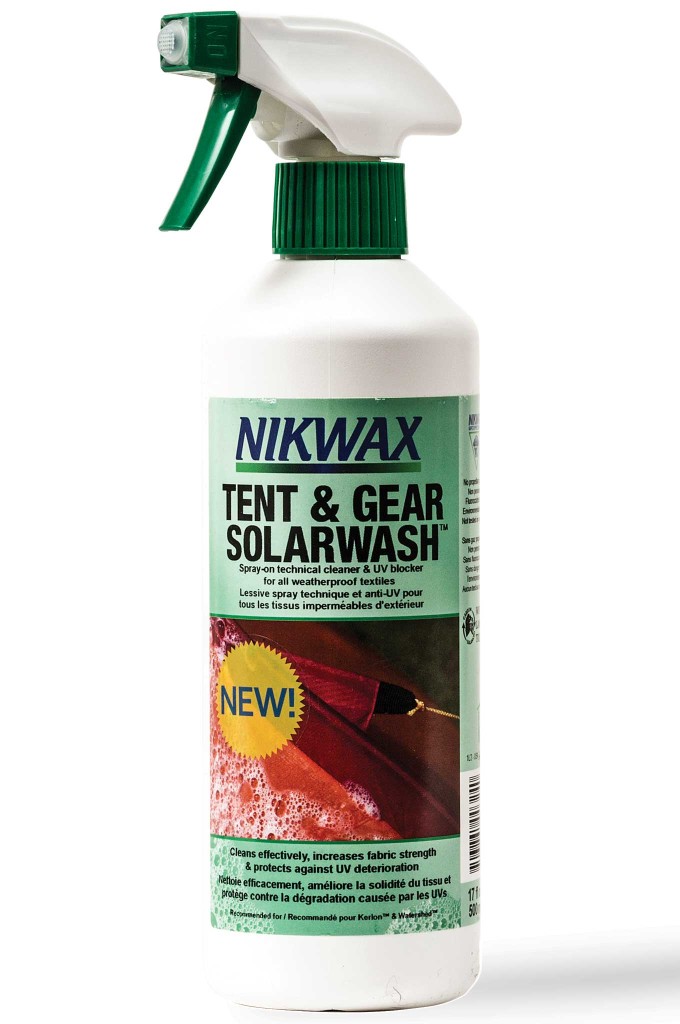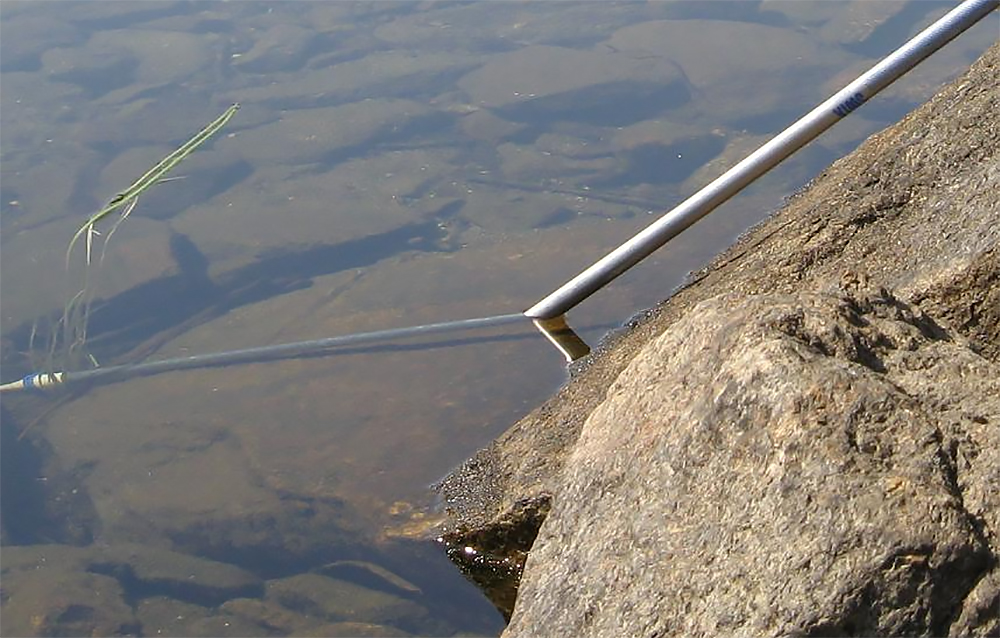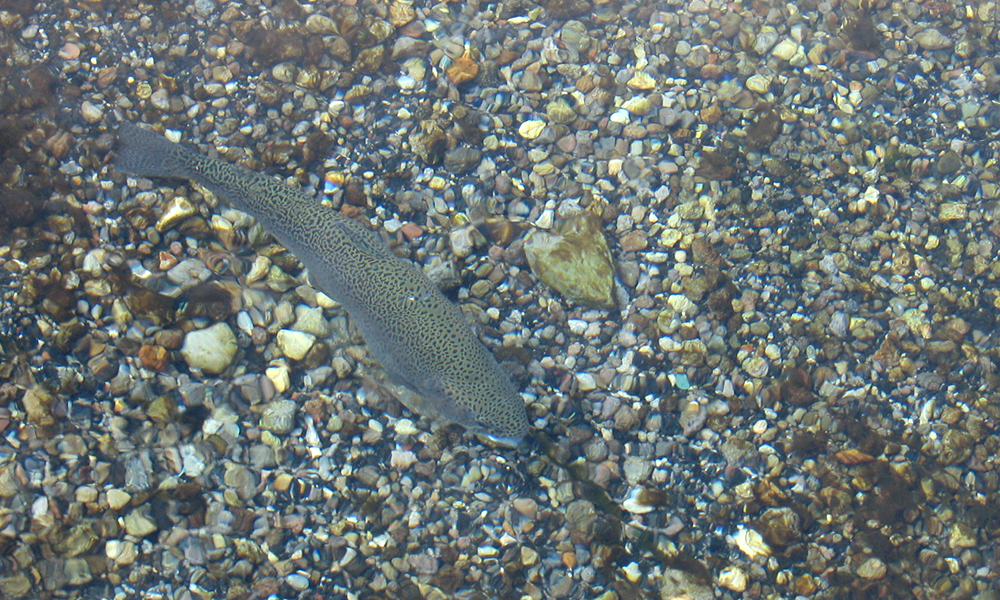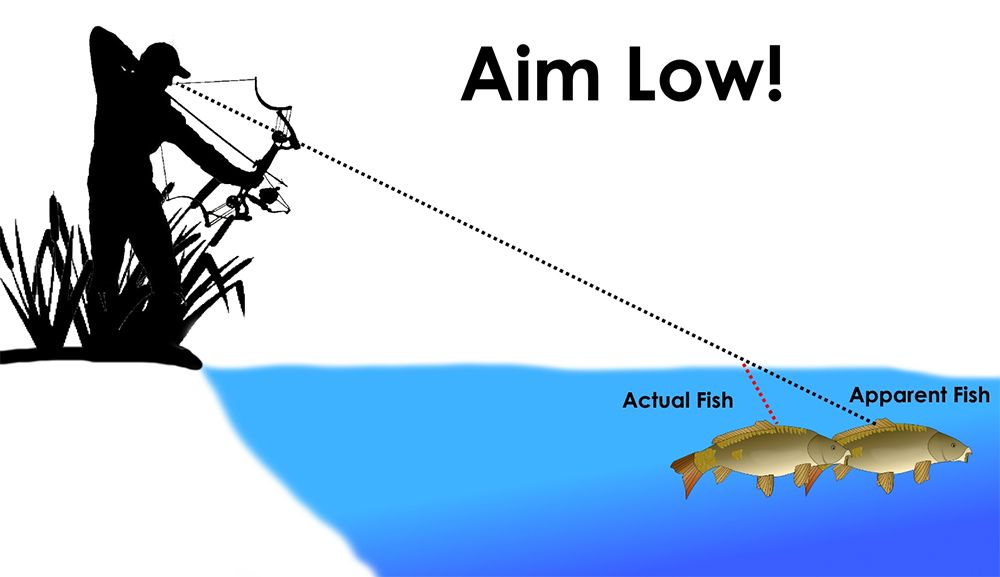This is the golden age of survival entertainment. Like spitting in any direction and hitting a Starbucks, you can’t channel surf or scroll the interwebz without seeing a promo for yet another stranded-in-the-sticks show. Alone, Dual Survival, Naked and Afraid — it seems you can tune in any night of the week to watch every possible harrowing and embarrassing moment of an adventurer’s quest to stay alive in the middle of nowhere.
None of this would be possible without Les Stroud.
When his Survivorman show debuted in 2001 on the Discovery Channel, there was nothing else like it. (Sure, Ray Mears’ World of Survival debuted on the BBC several years before, but that series focused on Mears learning skills from the locals of various regions, not going it solo.) The closest thing to survivalism on prime time was CBS’s Survivor, a game show that maroons a group of strangers and pits them in a series of artificial challenges for a chance to win $1 million. In fact, it was the Mark Burnett-produced TV show that spurred Stroud into action.
“When I saw the joke and mockery that Burnett had created with Survivor — even just the use of that word — I was incensed enough to say, ‘Enough! Let me show you what real survival is all about!'” said Stroud, who was born and raised in Ontario, Canada.
Stroud pitched Discovery a more authentic idea he had been planning for a while: He would film himself surviving for seven days in the wilderness with nothing but minimal supplies and his two camcorders. And he’d do it all himself. No camera crew. No craft services. No safety nets. Along the way, he’d offer viewers lessons on how to thrive in dire settings. Discovery took the bait and broadcasted Stroud’s real-life exploits as two programs in 2001, eventually called Stranded. The success of those shows led to Survivorman, in turn birthing not only the selfie videography style (before it was a hashtag), but also a whole TV genre that reinvigorated the outdoor adventuring movement.
“I had no idea that Survivorman would spawn an entire new genre of TV worth hundreds of millions of dollars,” Stroud said. “But the best benefit is the influence it has had on getting people back outdoors.”
For Stroud, his love of the wilderness started as a youngster. While he describes his childhood growing up in the Toronto area as “boring, unguided, un-mentored, uninspiring,” the seeds of his future passions were planted while watching Wild Kingdom and The Undersea World of Jacques Cousteau — TV programs not only about wildlife, but about filming it. Though he eventually went to college to study music and later worked in the industry as a producer, production manager, and musician, Stroud couldn’t resist Mother Nature’s allure.
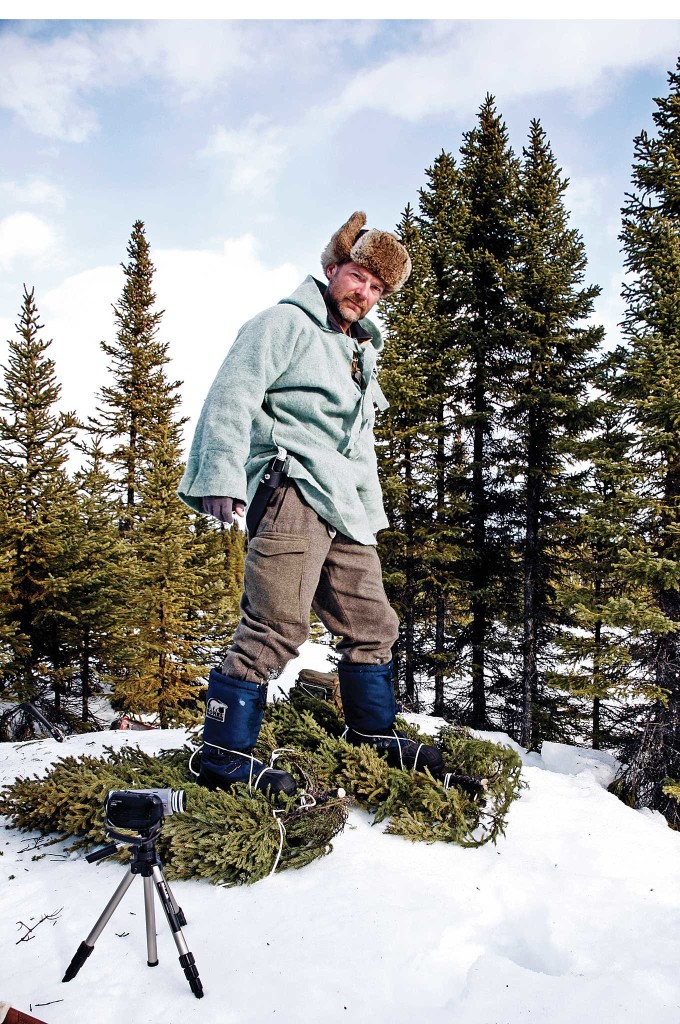
PHoto by Laura Bombier. Courtesy of Les Stroud
In 1985, he became a wilderness guide in northern Ontario, later moving to the Northwest Territories to provide Northern Lights tours. Running those excursions and learning from veteran outdoorsmen gave him survival skills necessary to hunt, fish, white water canoe, and run a dogsled pack — not to mention adapting to the environment. He eventually moved back to Ontario with his then-wife to start a wilderness survival school. Later, they built an off-grid home and spent a year living in the bush with their two kids. He made an award-winning documentary about their sustainable living experience called Snowshoes and Solitude.
Then Survivorman exploded. His real-life adventures captured on video made him a celebrity and a darling of the late-night talk show circuit.
As fans of his various programs know, his love for music never waned (he often played harmonica on and wrote the theme music for Survivorman), and he continues to pack venues as the headliner. He also has endorsement deals with a self-reliance company called My Patriot Supply and a tough tape brand called T-Rex. And he co-designs knives and tools with Camillus.
Despite his successes, he describes himself as “just a Canadian boy” who got lucky making a living doing two things he’s passionate about. He stays grounded by making his daughter and son his top priorities. And after he lost the off-grid house in his divorce, Stroud didn’t move to Hollywood or a high rise in Toronto. He still lives in central Ontario on a property that’s as close to being off the grid as you can get while still getting an Internet connection.
He gave us an exclusive invite to his home, office, and studio to talk about his philosophy on bug-out bags, why reality TV survivalists like Bear Grylls aren’t keeping it real, and how he’s the first among his peers to dive yet again into unknown territory — the online realm of video-on-demand.
RECOIL OFFGRID: The concept of everyday carry, or EDC, is huge right now among the preparedness-minded crowd. What would you recommend people carry on a daily basis?
Les Stroud: Money. [Laughs.] When you’re talking about living in society, what are the needs of society that keep us rolling? Money. Credits cards keep us rolling. I got stuck in Seattle once because we didn’t have a credit card. Crazy, right? But the rental car company wouldn’t rent to us, our bags were lost by the airline — it was the biggest blizzard of the year — and a societal situation became a survival situation. So, money, credit cards, communications — and dress properly. That sounds pretty basic, but when I was younger I sometimes found myself walking down the street in Toronto in the middle of February trying not to get frostbite, popping into variety stores to get warm.
What’s your EDC gear?
LS: I’m not as much of a gear geek as people might think. On a daily basis, I carry good music with me at all times [smiling]. If I’m going hiking, then I suppose I’m a gear geek. I’m certainly ready for anything. But I tell people, carry what you’re comfortable carrying, because if it’s too heavy you’ll leave it behind.
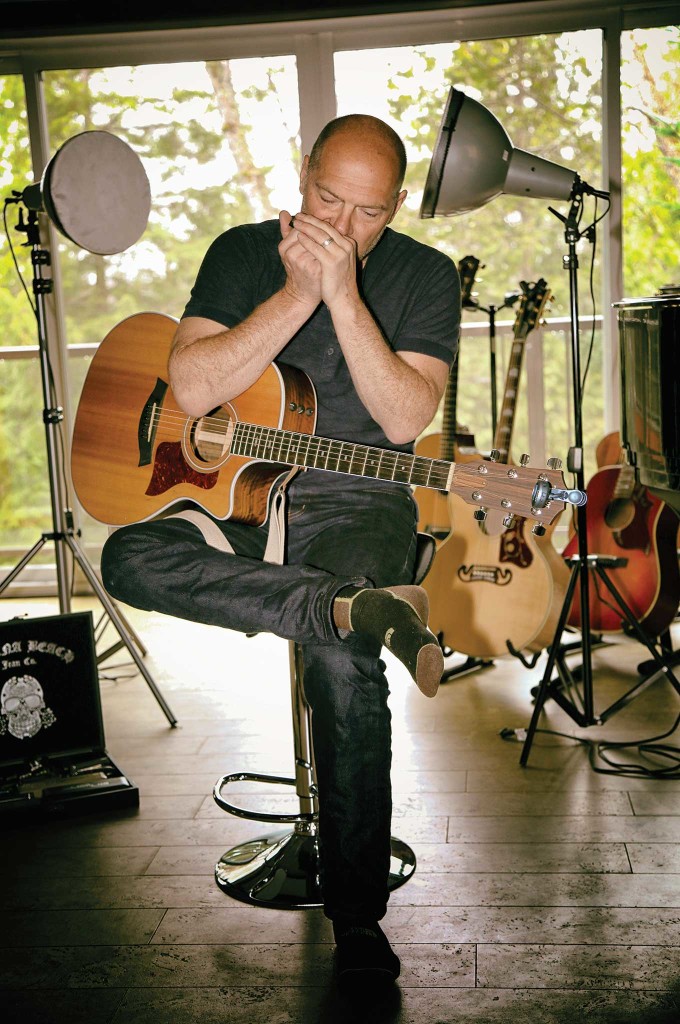
A lot of survival instructors preach that you should not only know how to use every single item in your bug-out bag but also conduct practice runs with them.
LS: I view those kits not as something to enjoy or something recreational. You should look at them like they’re first-aid kits. You only want to use it when the “blank” goes down. You want to know what’s in it and how to use it, but then you don’t touch it. You don’t play with Band-Aids. You don’t play pretend with slings. A survival kit is there if something really goes wrong. You should know what’s in there, stock it well, and hopefully never have to touch it again.
What are the top 5 most important items to have in a survival pack?
LS: No. 1, a way to start a fire. No. 2, a second way to start a fire. No. 3, a shelter, such as a tarp (and preferably with some paracord). No. 4, a signaling device like a SPOT unit, a Garmin inReach, or a satellite phone. And No. 5, an MRE bar (or three) or a pot to boil water. But remember that every situation is different and so circumstances must dictate your gear selection.
So a knife wouldn’t be in your top 5 must-haves?
LS: Everybody wants me to say knife, but a knife is not the most important thing — a fire is.
You have your own line of blades through Camillus. Is it a collaborative process or do you just give your stamp of approval on predesigned knives?
LS: Rick Constantine [Camillus’ vice president of marketing] has been my idea man for how to tool the items. I usually come up with the items and he runs with it from there and circles back with me for updates and approvals.
Camillus offers your line of tools at an affordable price. So premium steels and fancy components aren’t vital to one’s survival once the poop has hit the fan?
LS: If you’re a knife aficionado, then great — go deep. However, most fancy components are exactly that, just fancy and often useless.
When the poop hits, is there a specific order of operations? Should you build a fire, then find shelter, and so forth?
LS: No, because every single one of those things is going to depend on where you are, what the season is, etc. Let me give you the proper order. First, calm down. No. 2, as they say in soccer, take a knee. And do what? Assess the situation. Here we go into my favorite thing, and I invented this myself and I want to get it out there because I believe it really works.
There are three zones of assessment. No. 1 is your body. What you’re carrying in your pockets. How do you feel? Do you have a broken arm? No. 2 is your immediate surroundings — your backpack, your friends, what they have, etc. No. 3 further afield. “Oh there’s a cabin 1 mile back.” “Isn’t there a road if we go straight to the east?” All of those answers can come in 60 seconds. Now, you’ve stayed calm, you’ve taken a knee, you’ve considered the three zones of assessment. You’re ready to make a decision because you have all the information that will tell you, “Here’s how to get out of here.”

Where’s the most difficult place to survive?
LS: It ain’t geography. It’s never geography. If it’s 77 degrees F, I have time to think about things. I can probably make it through the night. If it’s below freezing, that’s trouble. So the worst place to survive is wherever it’s cold. That’s it. With cold, you can never stop. You can’t stop surviving aggressively when it’s cold. I’d rather climb a mountain all day long in mild weather than walk in a flat forest when it’s below freezing.
Where’s the coldest place you’ve been?
LS: Northern Canada. For the second show I ever did — which we called Stranded way back when, and it became the second Survivorman pilot — it was -45 degrees C (-49 degrees F). It was so brutally cold that the metal on the camera snapped just by me touching it.
Where’s the hottest you’ve ever survived?
LS: The Kalahari Desert. I put the temperature gauge on my watch in the sun and it read 160 degrees F, because the watch was black. You wouldn’t even believe it was possible, but it was out of the wind on the sand. I got heatstroke. If you remember the scene in the Jeep, that was all too real.
How about the most fun location you’ve ever filmed in?
LS: It’s probably when we were filming the series Beyond Survival. Connecting with the aboriginal cultures and doing some of those ceremonies was intense, powerful, spiritual, but it was also fun. Or if you remember the arctic episode of Survivorman, when I caught that arctic char — that was awesome.
When would you ever consider drinking impure water in a life-and-death situation?
LS: I don’t mean to be a stickler, but impure water — what does that mean? Are we talking about water with schistosomiasis or other diseases and parasites? Or is it dirty water? If it’s simply you’re fearful of potential giardia — I think people overplay that way too much. Giardia’s not going to hit you for over a week, and when it does you can take a pill and get rid of it. Dehydration will kill you in a day or three. Drink the water and get out of there.
Can you give us an example?
LS: I once did an adventure race and had my team drink water that was in a swamp. They’re looking at it like, “No, we can’t drink that!” “Actually, it’s going to be fine.” We all drank it. We got to the first finish line after 48 hours of constant racing all through the night. All the other teams were sick, dehydrated, and had the dry heaves because they were warned, “Don’t drink the water because it’s got giardia.” I was like, “Naw, drink up, dudes.” And we were all fine.
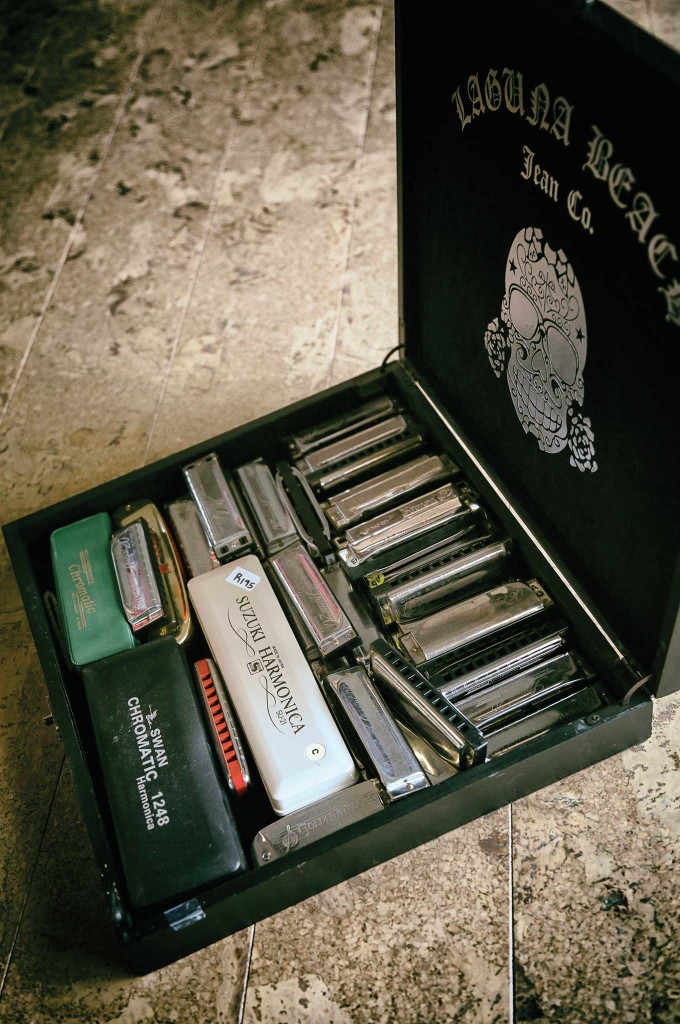
Did you filter or purify the water?
LS: No, we drank it fresh. The reality is that people panic too much about wilderness water. Wilderness water is usually fine. I’m not talking about a gully beside a city or a little village in Africa. [Pointing to the lake behind his house]
If you had to give up music or nature, what would you choose?
LS: I would hate to break the hearts of my musical endeavors, but I would probably have to let go of the music because I don’t think I could exist without this connection to nature. I don’t want to exist without music, but I can’t exist without this [pointing to the nearby lake and trees].
Do you have any pet peeves when traveling with a group of people with mixed survival skills?
LS: The failure of recognizing that someone has some skills. Husbands and wives? That’s a big one. Usually the husband’s blaming the wife, but usually it’s the husband’s fault. He’s got the pack on. I’d say, “OK, everyone, empty your pockets. Let’s see what you got if it went down right now.” Some people would have hardly anything and some people were really well prepared.
Invariably, the husband and the wife would pull out their one pack and it’s full of stuff. They’ve got all the gear. Then I would take the wife by the hand and pull her aside and ask, “He fell off a cliff and he’s carrying the pack. So what do you have?” And instantly, the wife would always turn to the husband and say, “I told you!” I’d make my point: “That’s right, ma’am. You look after yourself. I don’t care how strong he is. You’re in the bush now. You look after yourself. You should have your own pack.”
You’ve never shied away from telling people how you feel about Bear Grylls. [Editor’s note: Grylls was criticized for staging certain elements and sleeping in hotels while filming Man vs. Wild.] What’s your take on the new crop of TV survivalists?
LS: Those shows are scripted, set up, faked, and run by TV producers who know nothing of survival and are convincing enough with a check in hand to get these guys to toe the line as TV hosts. Even the ones who actually have survival skills, like Cody Lundin and Matt Graham, are told what to do, what to say, and where to be. Then they go back to the hotel — always.
Their time has come and gone anyway. Now it’s all about shows like Alone, where people are actually going through suffering. But none of it is realistic survival suffering; it’s still produced and scripted ideas on what they should be going through. What are the odds that the guy who is afraid of bears has one at his location or the guy who is afraid of wolves has a pack nearby? Right, do the math. They’re actually suffering needlessly for the sake of TV and their 15 minutes of fame. Most of these people — ah, hell — all of these people just want to be famous. Even if it means being naked. All I ever wanted to do was teach the wilderness skills I love and connect people to nature.
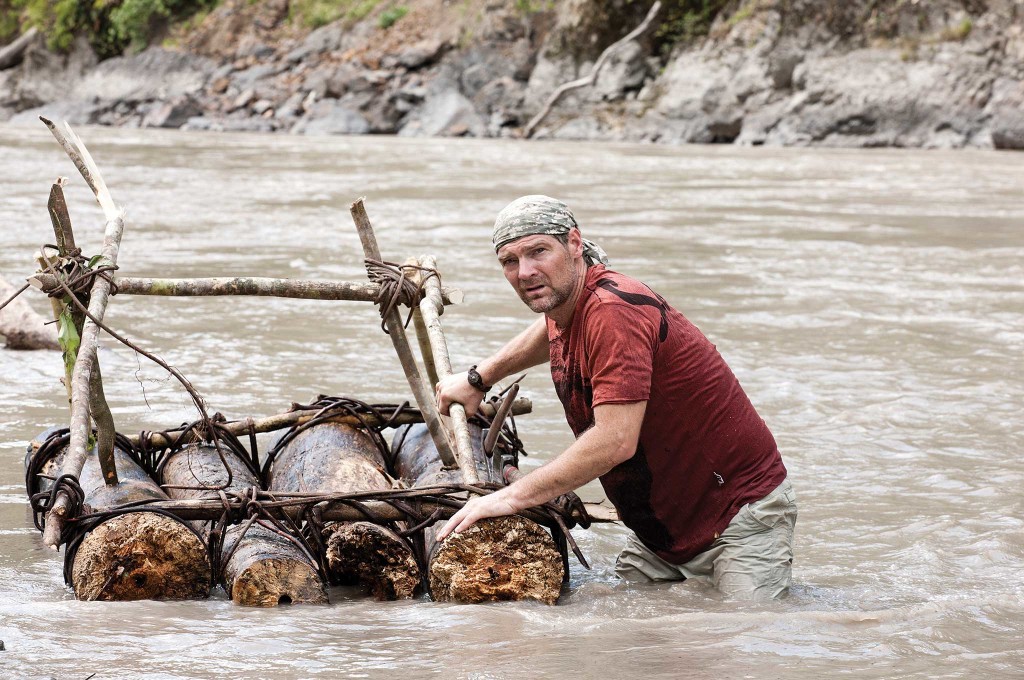
PHoto by Laura Bombier. Courtesy of Les Stroud
Tell us about your video-on-demand platform.
LS: SMTVnetwork.com is a network of channels: Survivorman, instructional videos, my music, new instructional video clips, director’s commentary — everything’s there.
In Survivorman, I’ve got 43 minutes to tell you a one-week story. So if I’ve got to teach you something, I’ve got 90 seconds, 120 seconds to teach you something I should spend 20 minutes on. Now, I can take the 20 minutes and do it specifically in detail and put it on the instructional channel. All yours, any time you want it. The fun thing we’re doing now is the director’s commentary. So you watch me watching me, and I tell you all the stories that went into the making of that particular episode.
Why offer a subscription-based platform when everyone’s so used to YouTube?
LS: Sure, there’s a lot of free stuff. Billions of pieces of footage. Sift through that if you will. I’ve always set a high bar for the stuff that I do, and I keep that on SMTVnetwork.com.
So now you have a direct line with your fans?
LS: There’s no filter any more between me and the fans who love what I do. Before the network was the filter. I produce a show for a TV network. They decide when it goes on, how often it goes on, whether or not they do a marathon. SMTV Network is 24/7. It’s everything I do, right then and there. There’s no filter between me and the viewers.
Like Survivorman when it first started, my goal is to be at the zeitgeist of this. There’s nobody else in our industry doing this. I’m not comparing myself to him, but it would be as if Clint Eastwood said, “I have my own network now and every film I’ve ever made is going to be on this network.” Why isn’t anyone else doing this? Because they don’t own their show. I own Survivorman. I am Survivorman. As far as I’m concerned, this is the way TV is going.
You’ve survived in the craziest places and performed concerts in front of thousands. Aside from music and survivalism, what else would you like to pursue?
LS: Outdoor adventure and music are my life so anything else would simply be bucket list things: write a novel, fly my Challenger II Ultralight more often, dive more, see my kids do well in life, and create some powerful, influential, and inspirational films.
Is there anything you’d like to add?
LS: I was asked to comment on Stephen Hawking’s prediction that the human race has 100 years left. [Editor’s note: Hawking warned that we need to colonize other planets within a century to avoid extinction]. Here is what I said: “We come from nature. We are nature. Nature, as in the natural world. Rocks, trees, water, air, minerals, organisms tiny and huge, biological entities, physical laws of push and pull. We act like we’re not. We create our human-made bubbles and pretend that we are a species apart. Separate yet in control at the same time. No one is ever adept at coaching a sport who has never played it. No one steps into any circumstance of life — being a CEO, landing on Mars, working machinery, playing a sport — and just ‘owns it,’ completely taking over control of it, without first understanding the basics of existing within it.
“It is this way with our very lives and earth’s natural world. If we are not connected to, or do not understand, being a part of the world of nature, then we are not able to exist within in it, let alone control it. Hawking says we’re all gonna die in 100 years. So first, we must connect with nature down to the very core of our being; spend time in it, learn of it, feel it, experience it, breathe it in, touch it, smell it, taste it, drink it with our hands cupped. Then and only then will we be ready or even able to find out how to exist past Hawking’s predictions.”
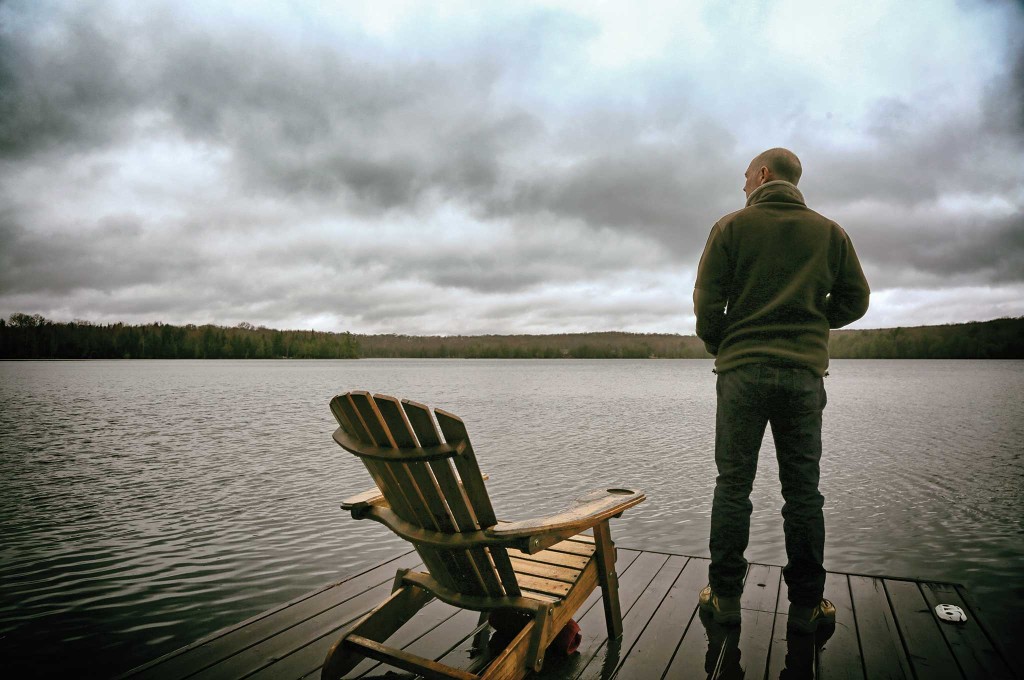
| Les Stroud |
|---|
| Age | 55 |
| Occupation(s) | Artist, filmmaker, musician, author, activist |
| Hometown | Mimico, Ontario, Canada |
| Base of Operations | Huntsville, Ontario, Canada |
| Family | A daughter and a son |
| Education | Post-secondary |
| Favorite Quote | “You sweat, you die.” |
| Favorite TV Show | “Changes with my mood. As a kid, Star Trek and Get Smart. As a teenager, WKRP in Cincinnati. Later, Cheers and Whose Line Is It Anyway? Now, Modern Family.“ |
| Favorite Film | Jeremiah Johnson |
| Last Book Read | The Nature Principle by Richard Louv |
| URL | www.smtvnetwork.com |
Les Stroud’s EDC

- iPhone 7
- MacBook Pro
- The Nature Principle by Richard Louv
- Sunglasses
- Car keys
- Small leather wallet with credit cards and local currency
- File folder of work projects on the go with handwritten reminder lists
- Camillus Survival Kit (if going further afield)

